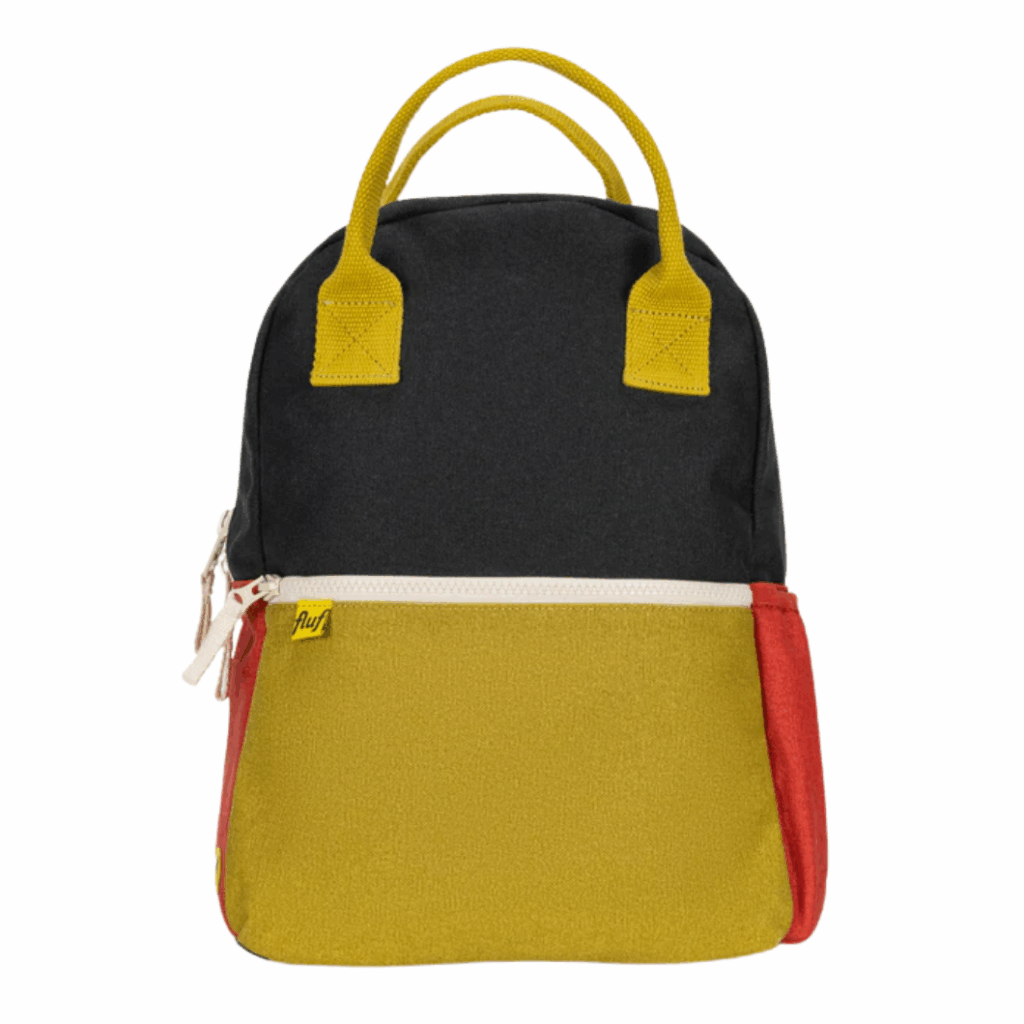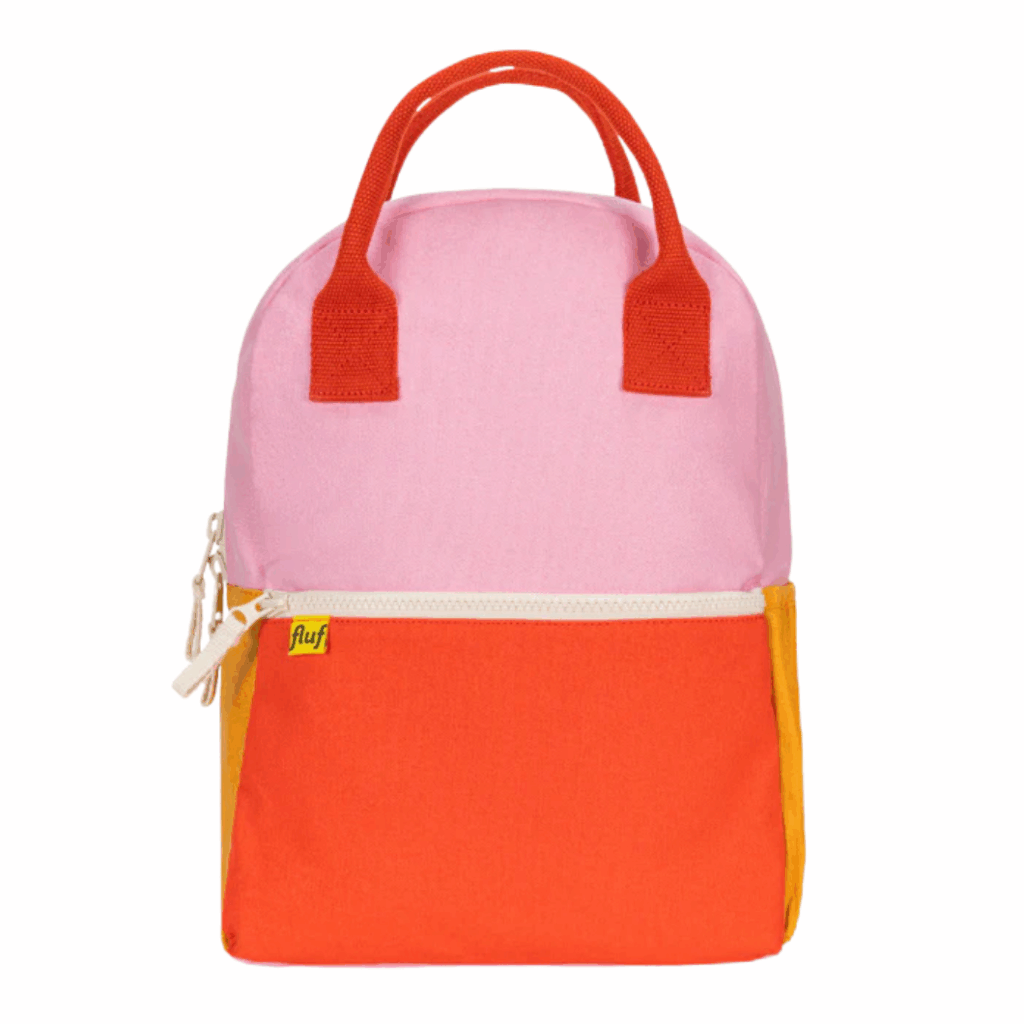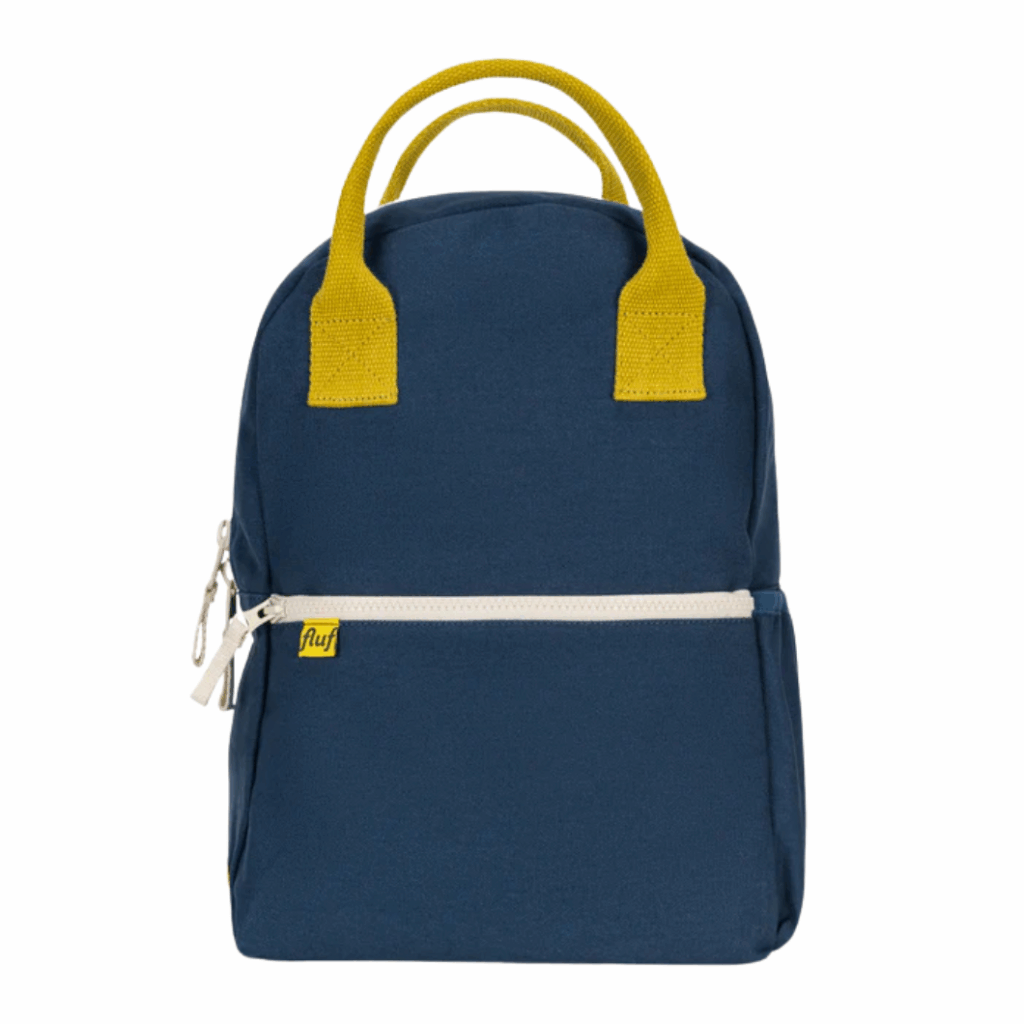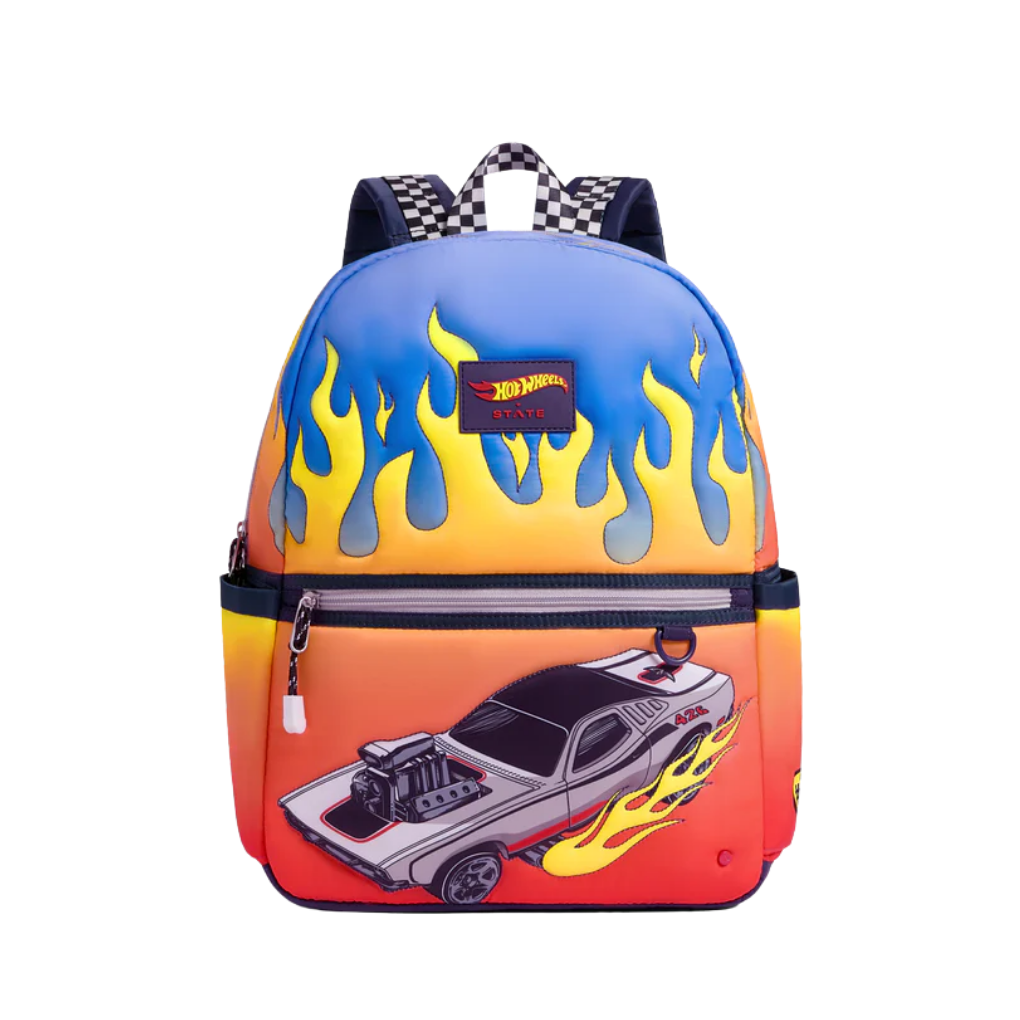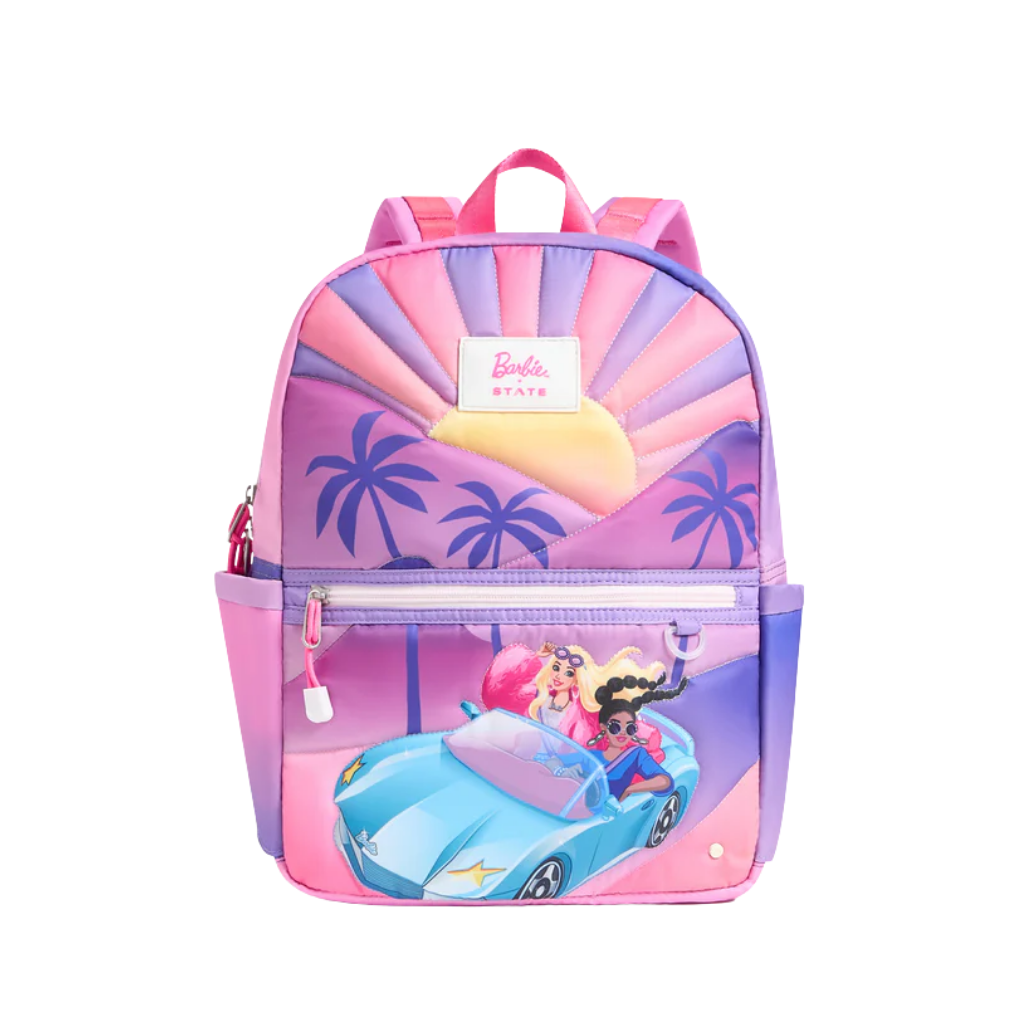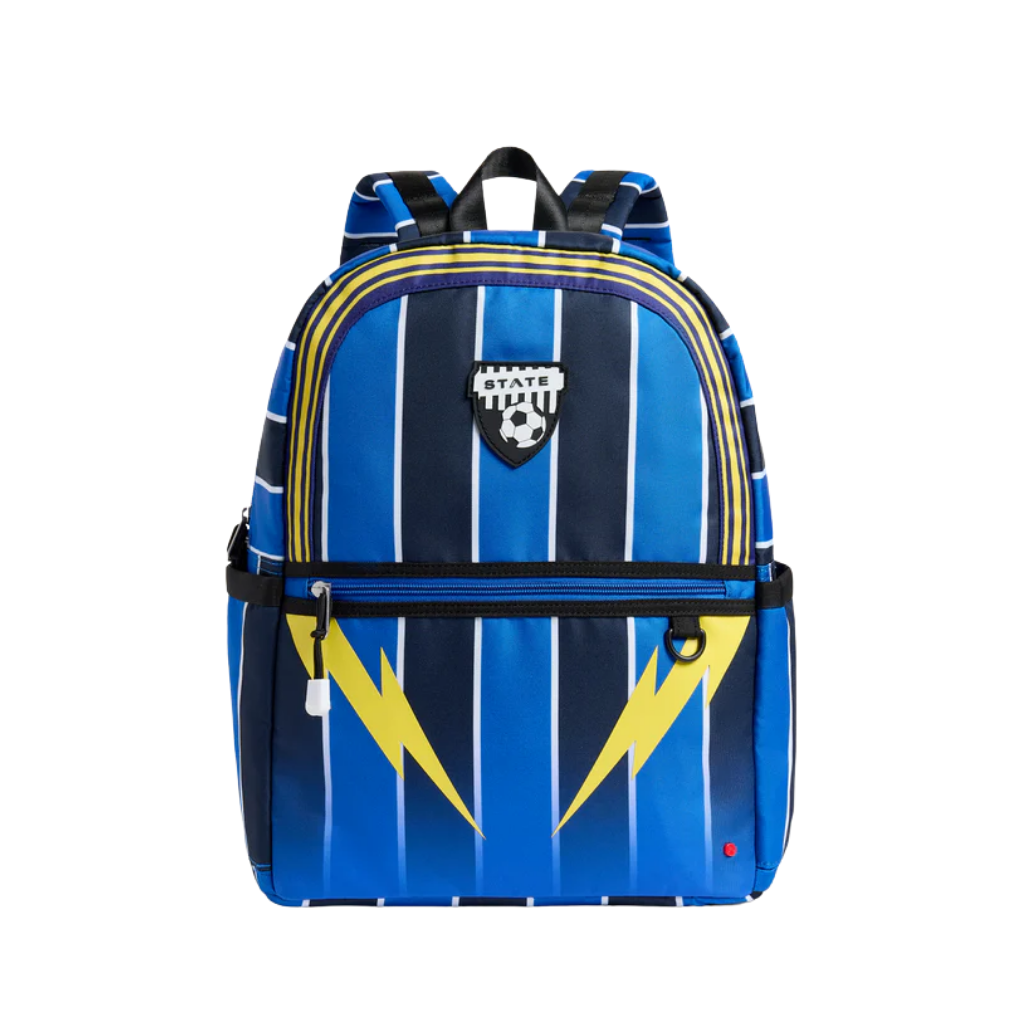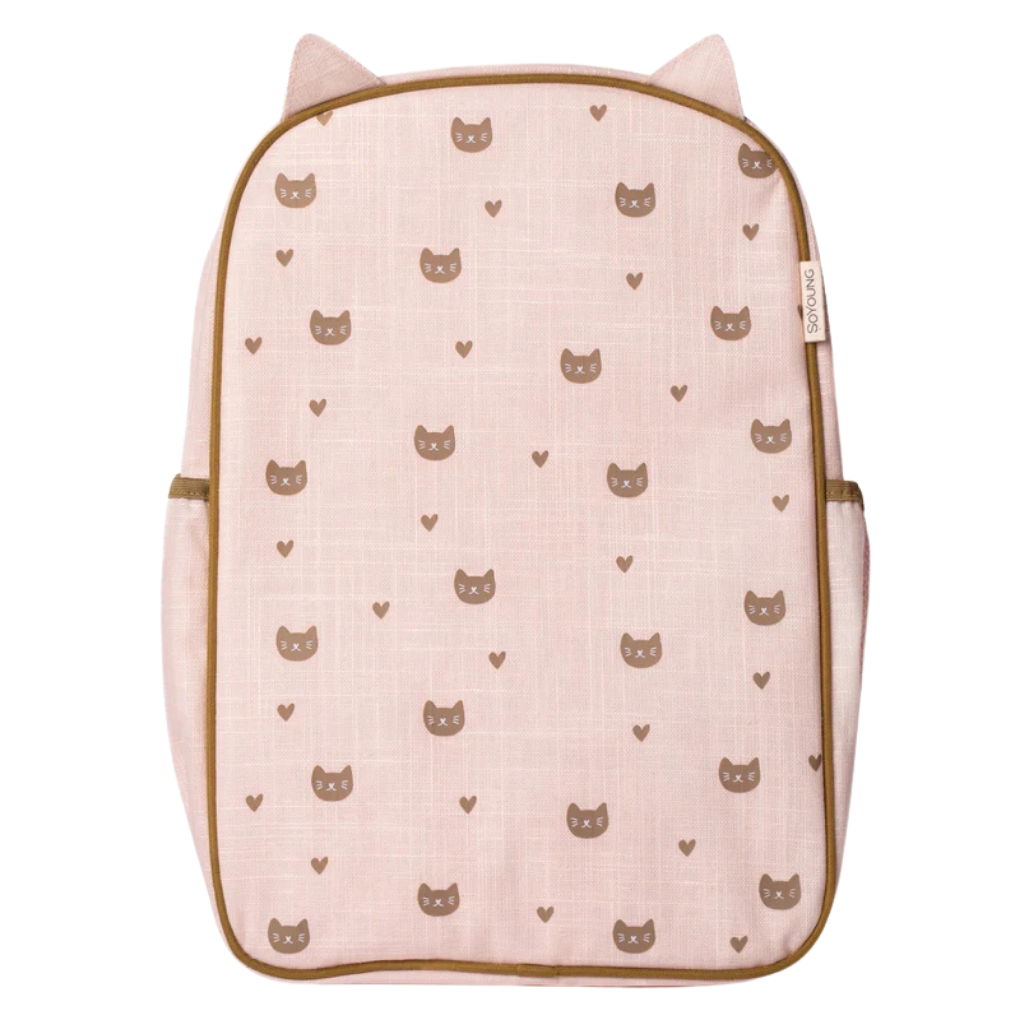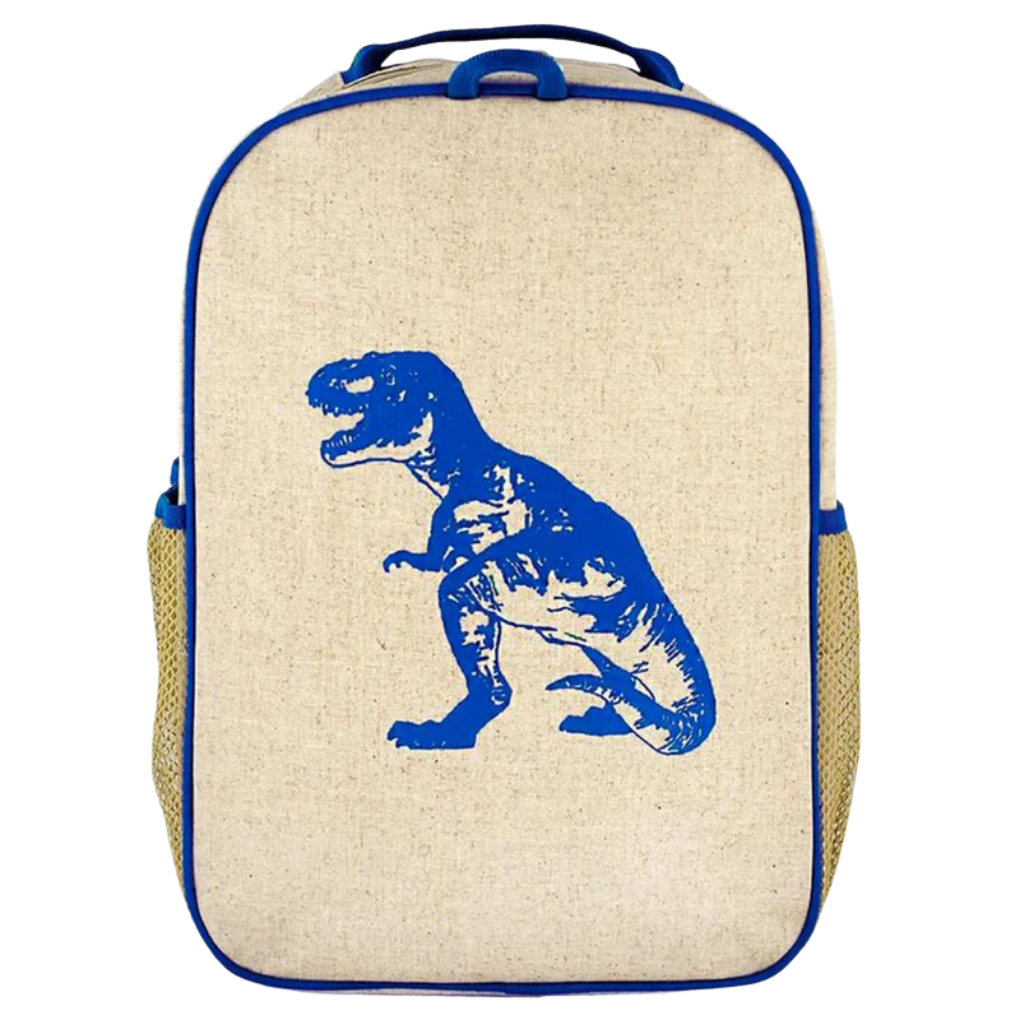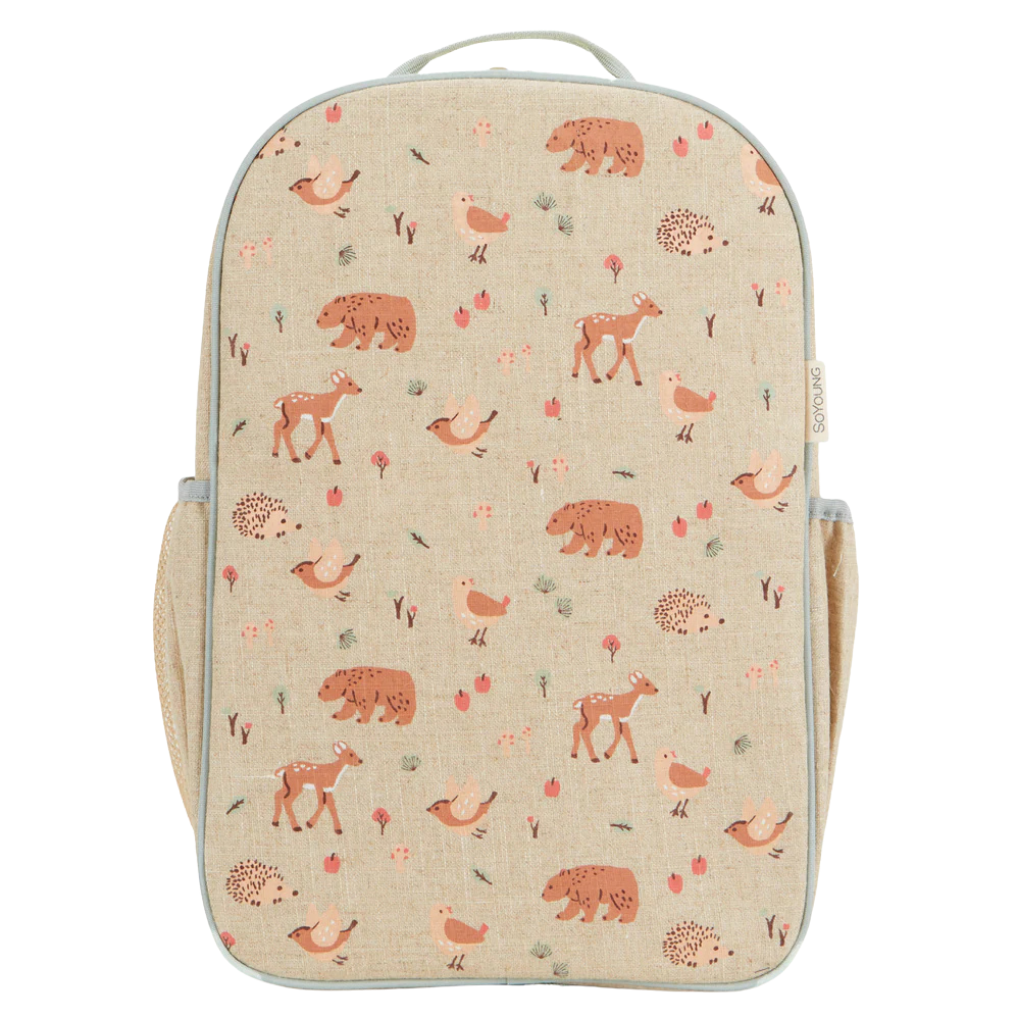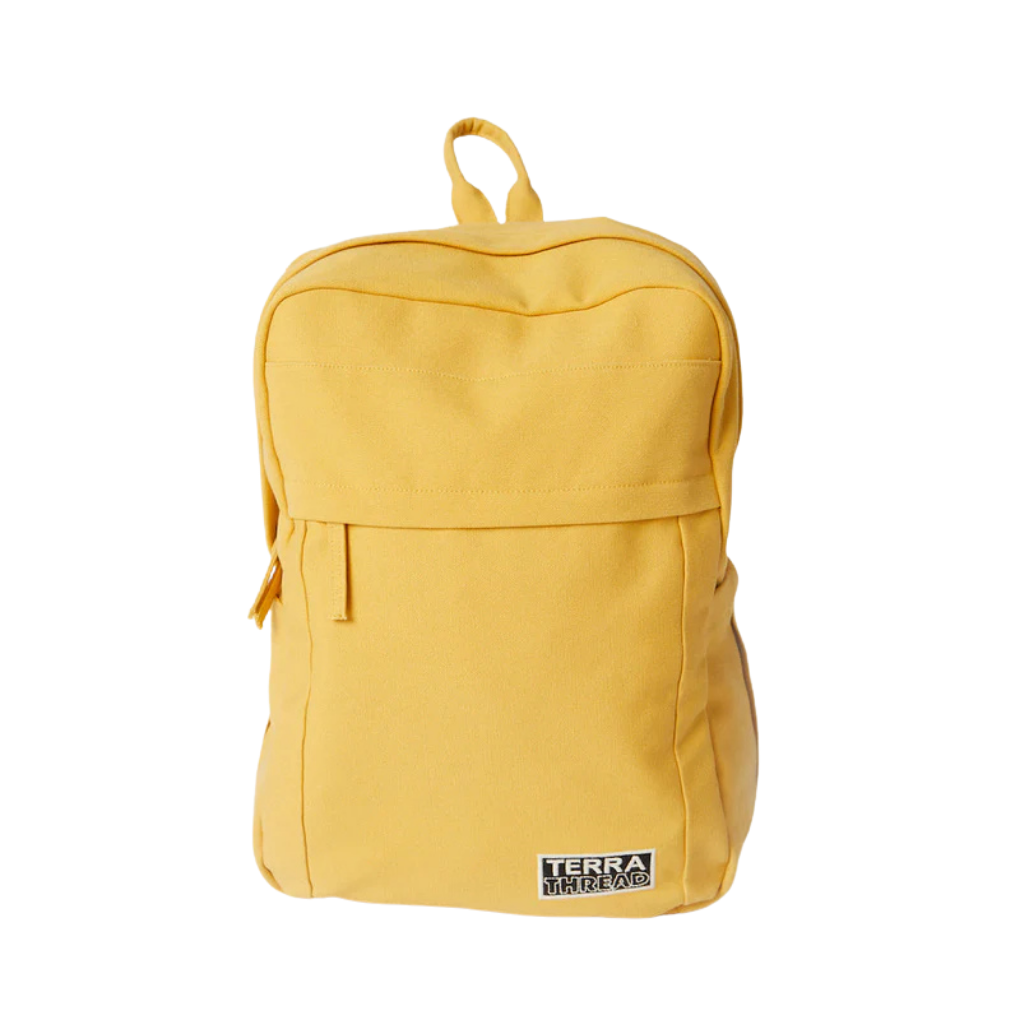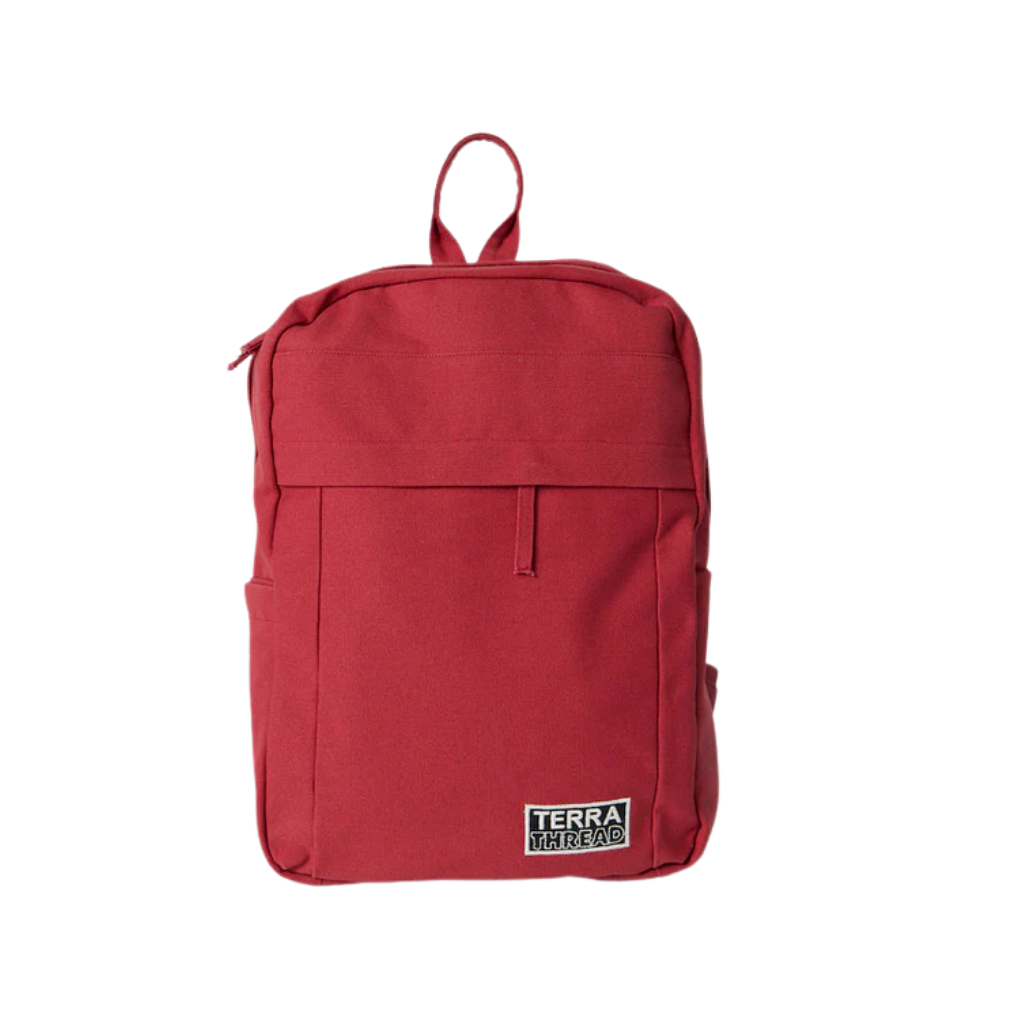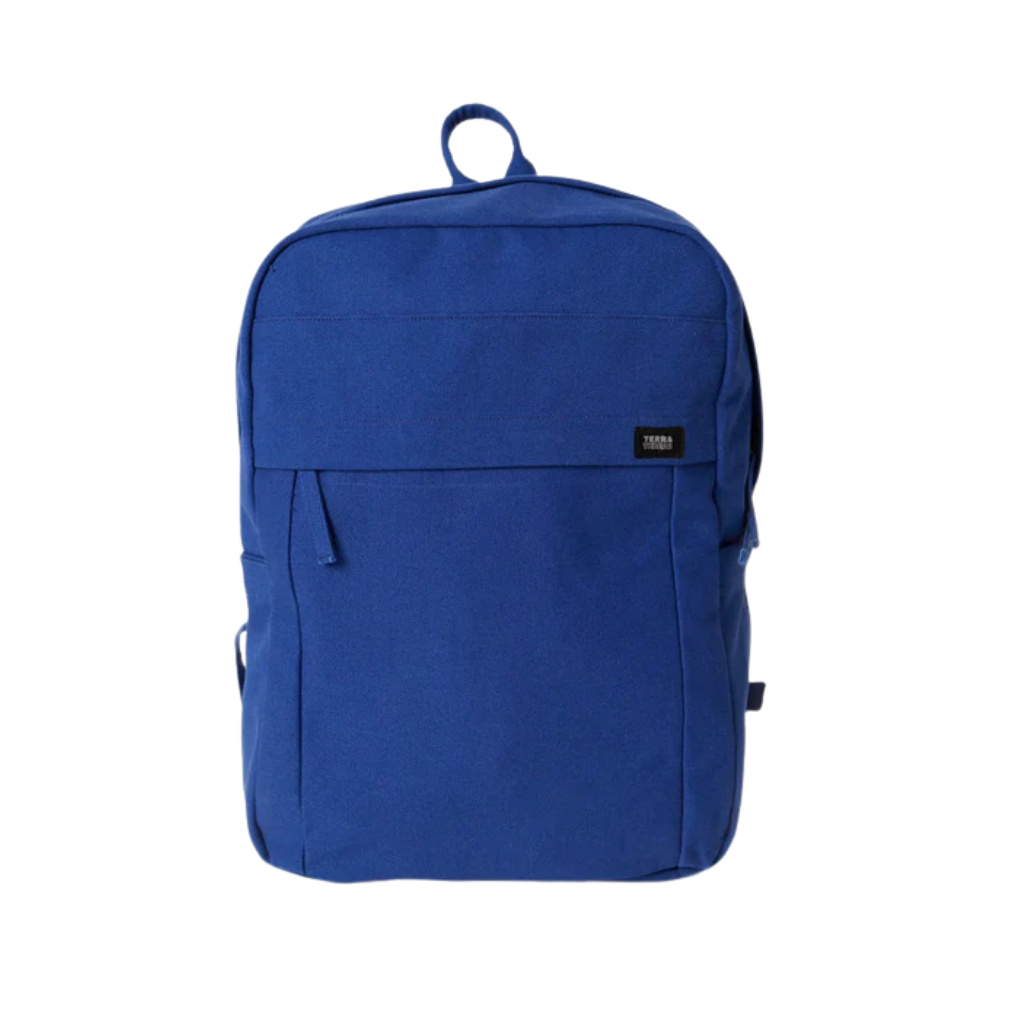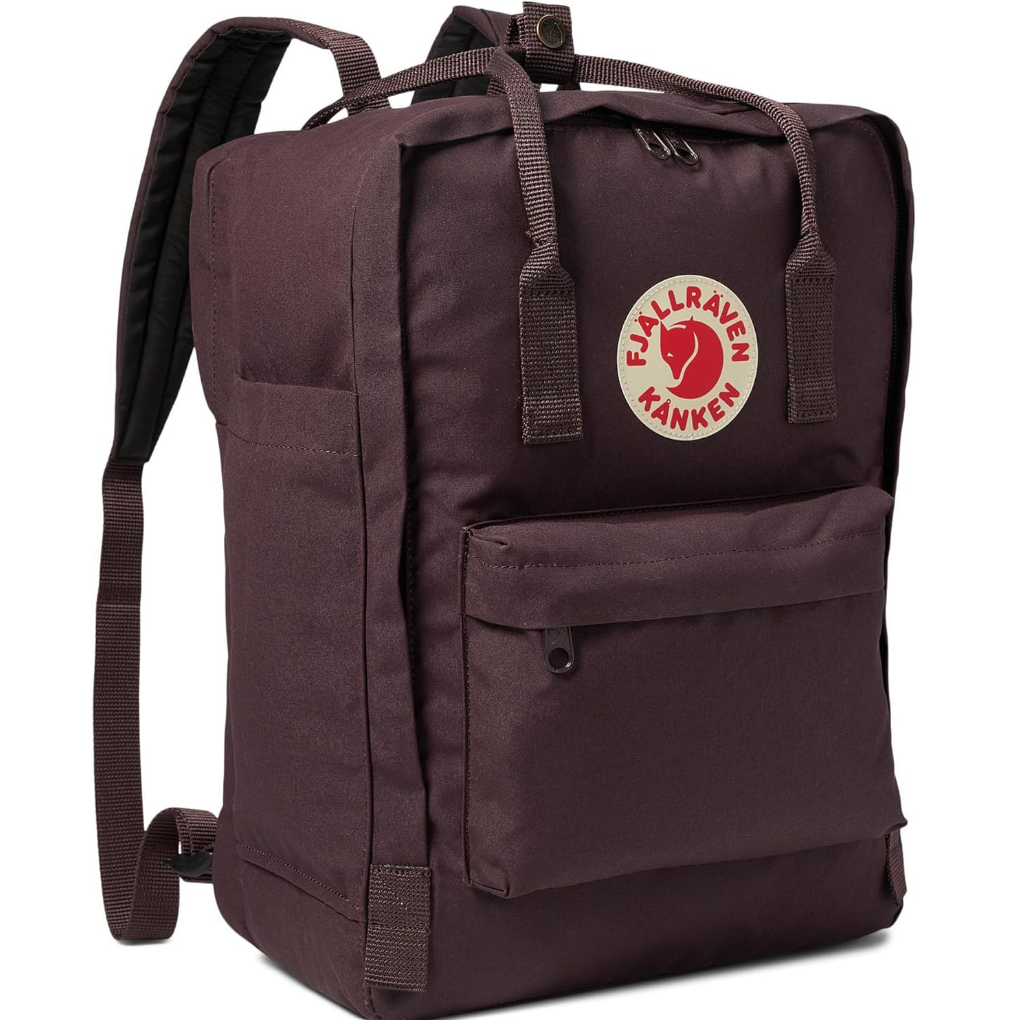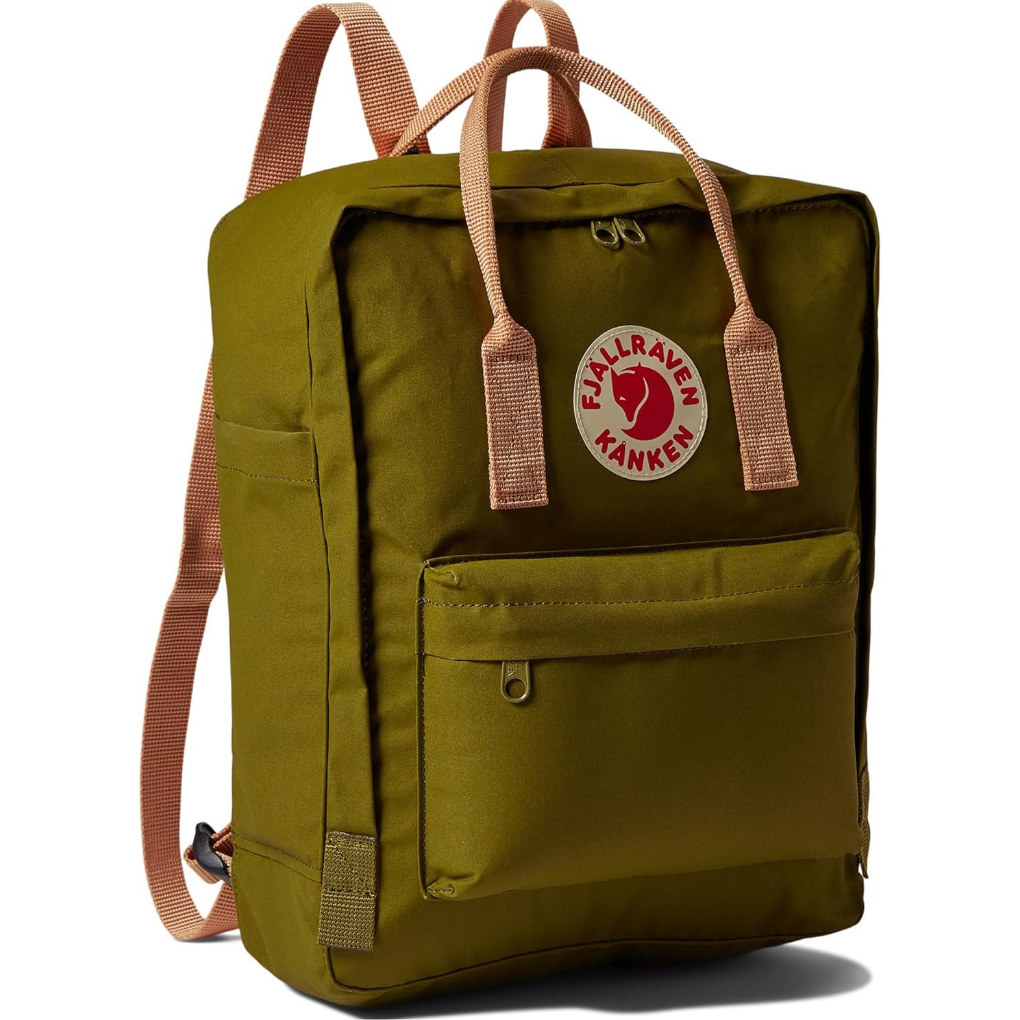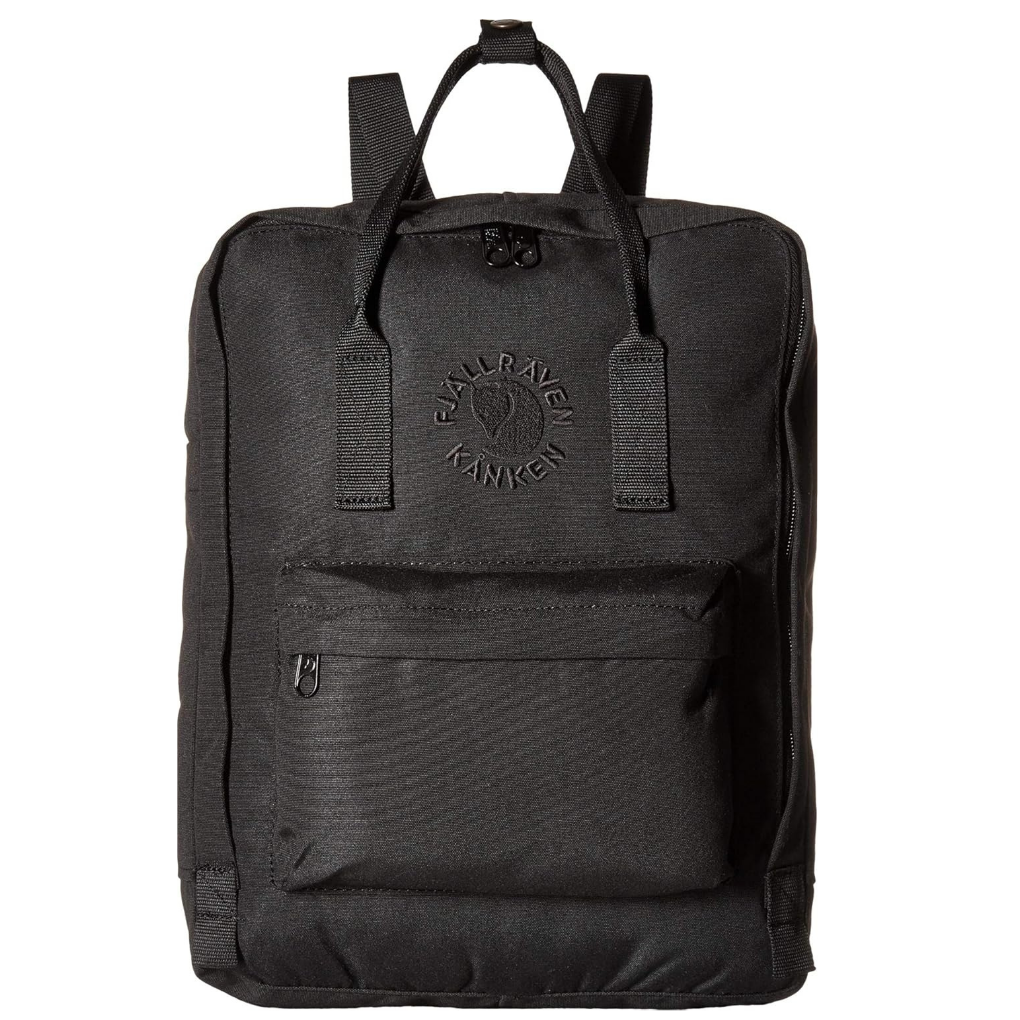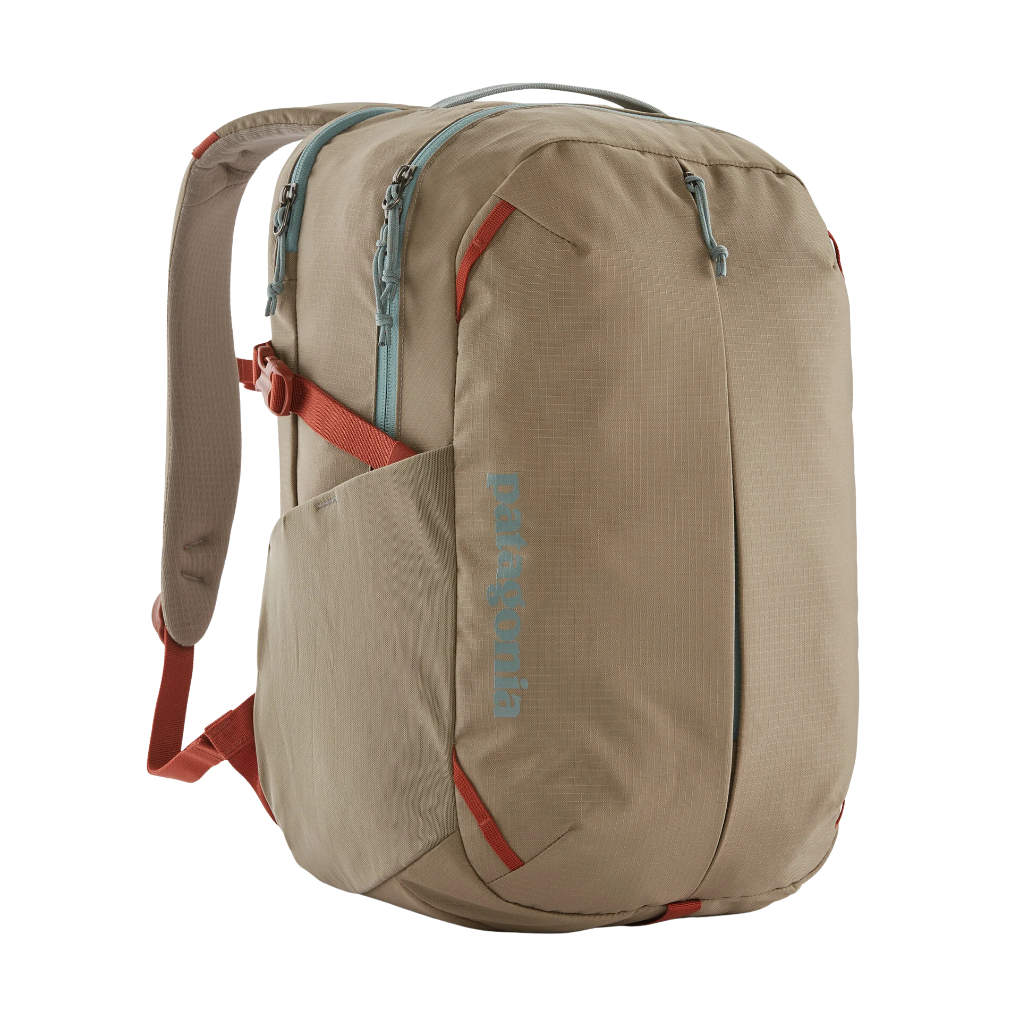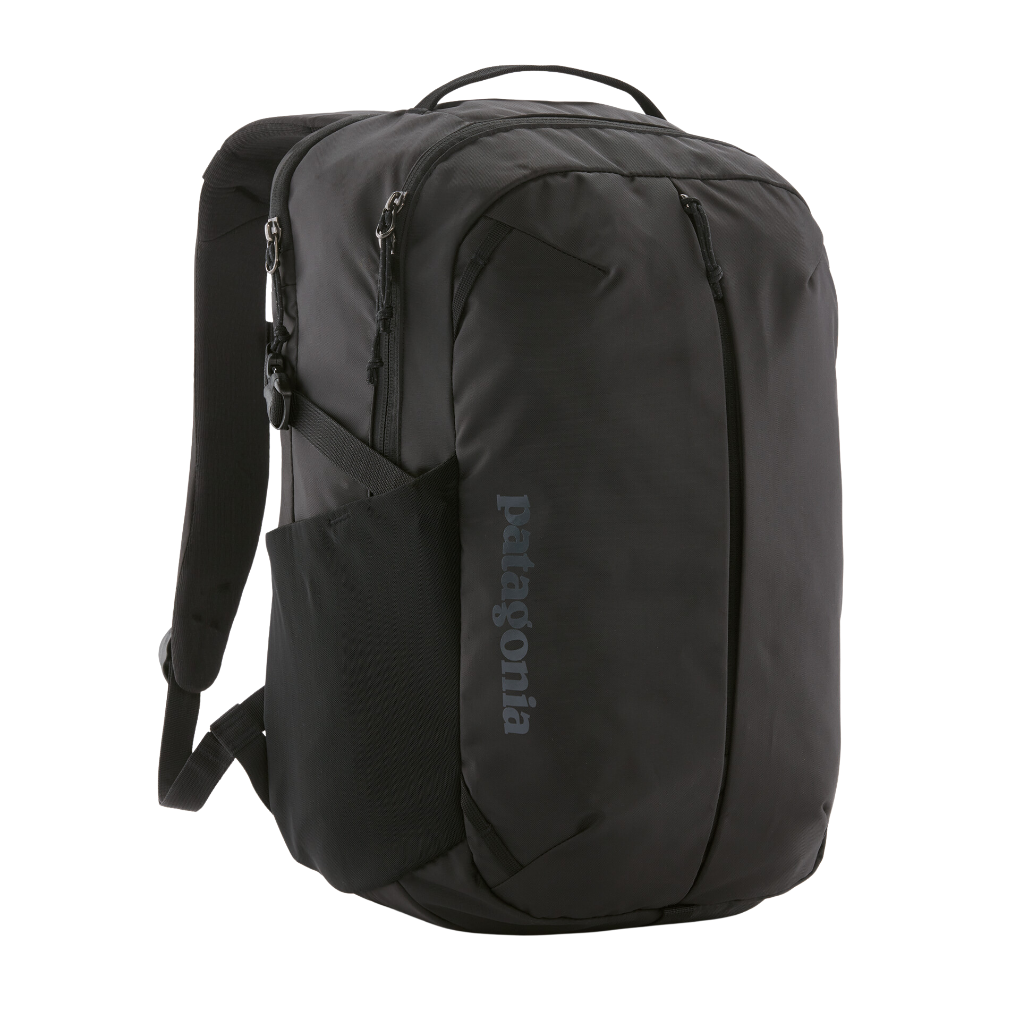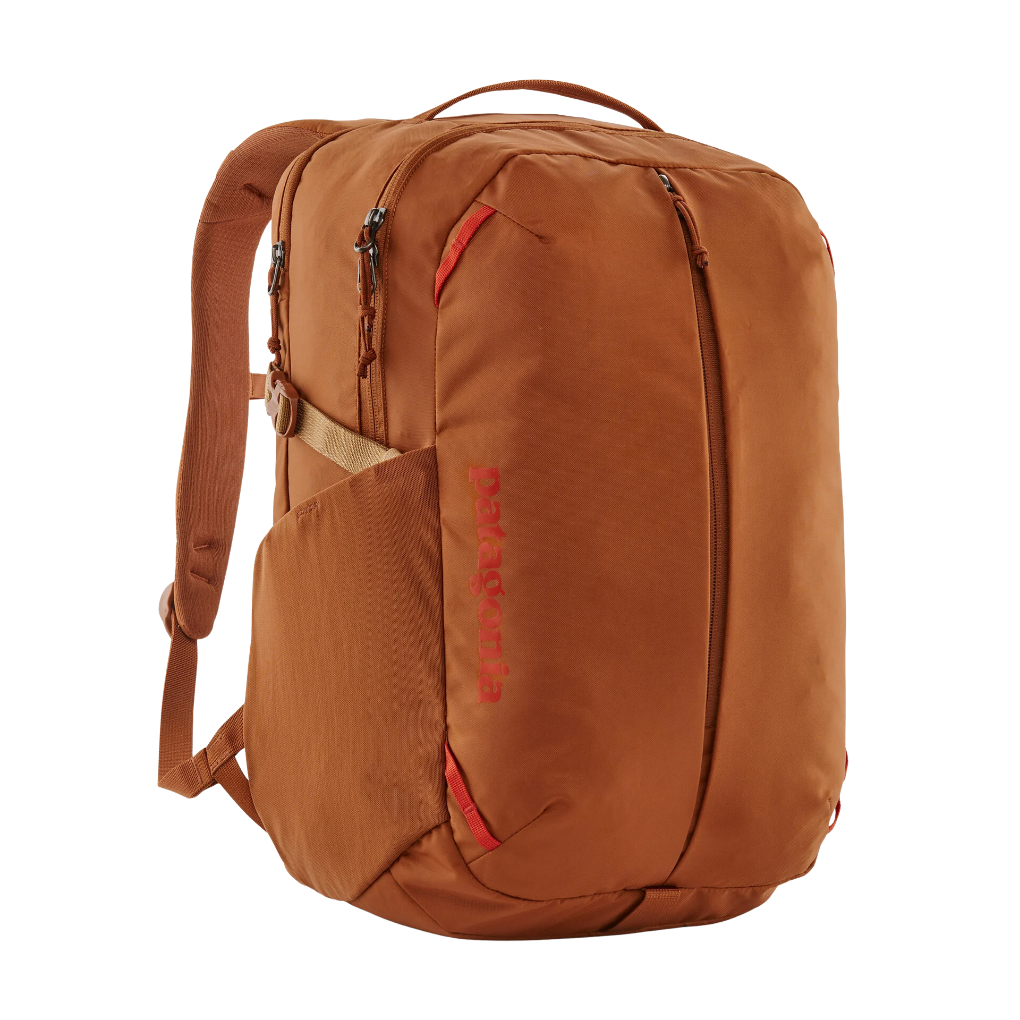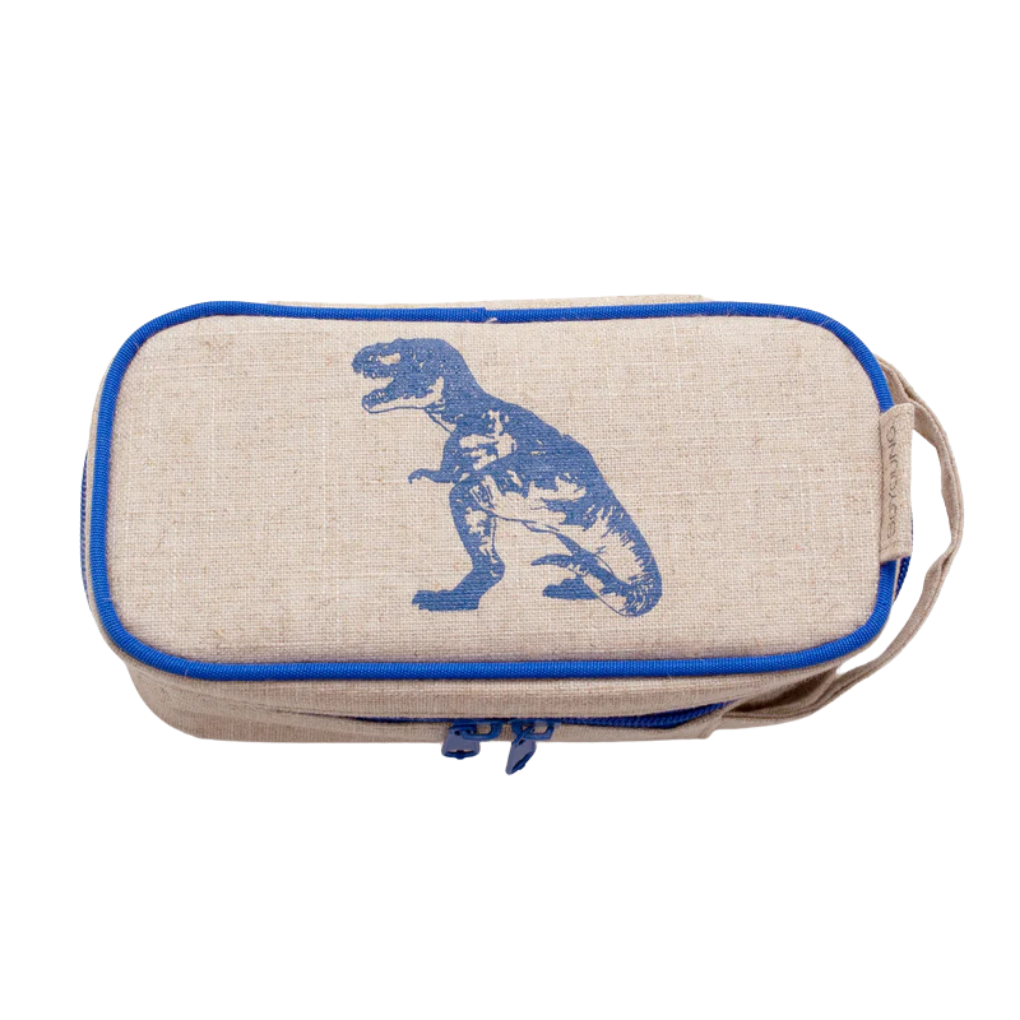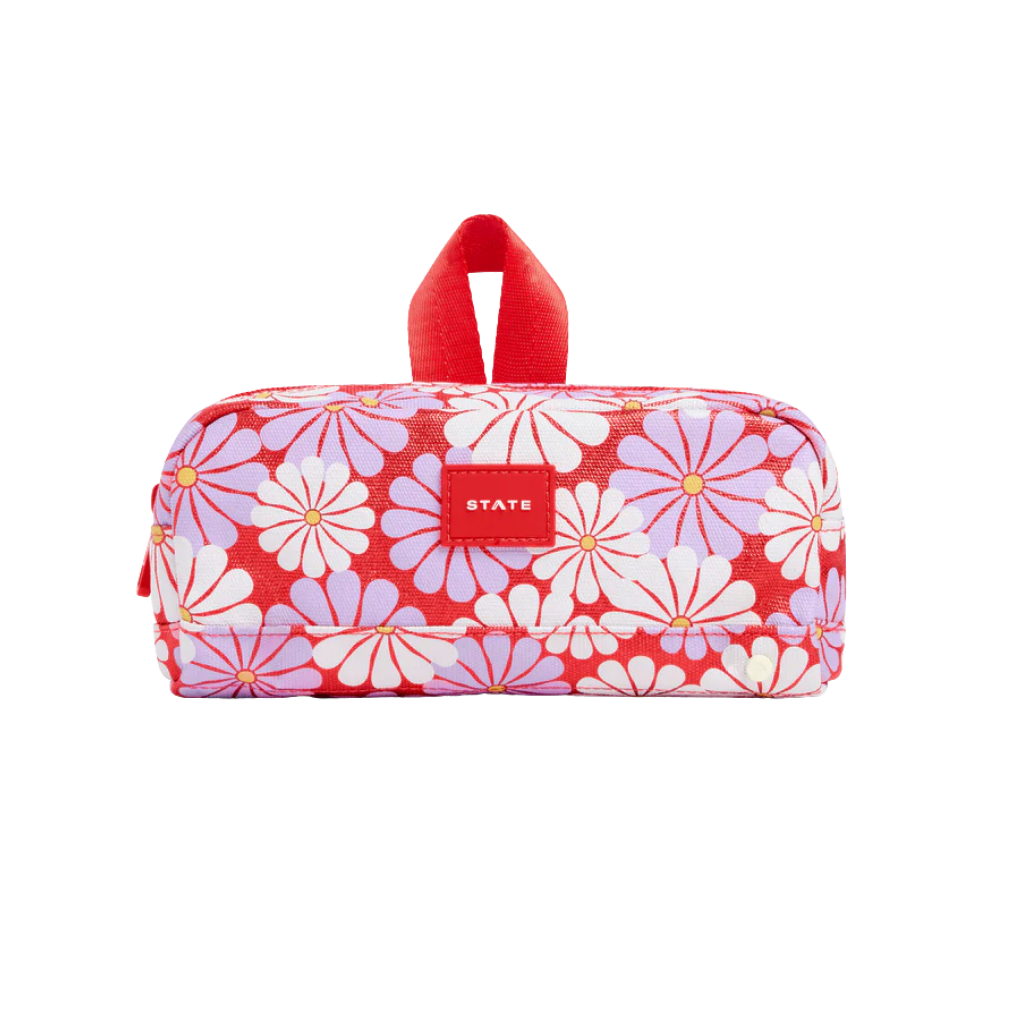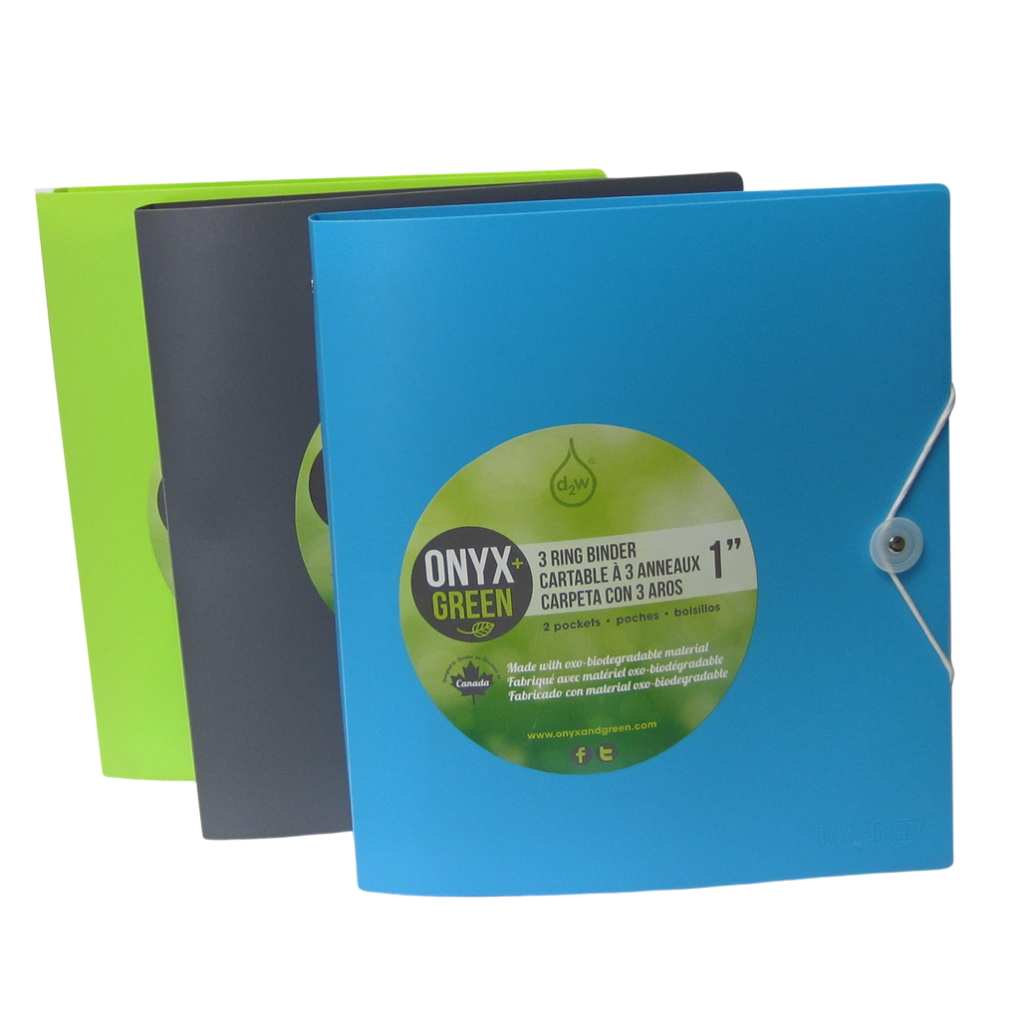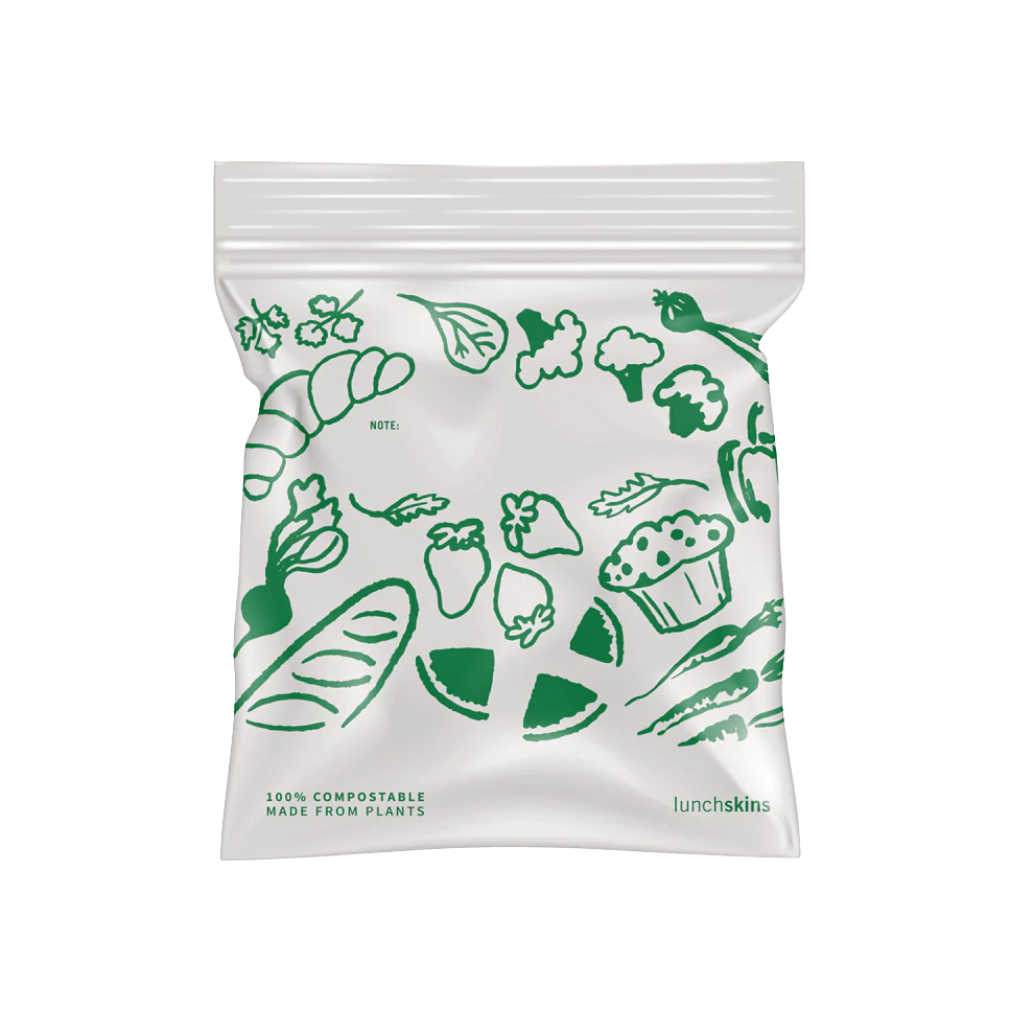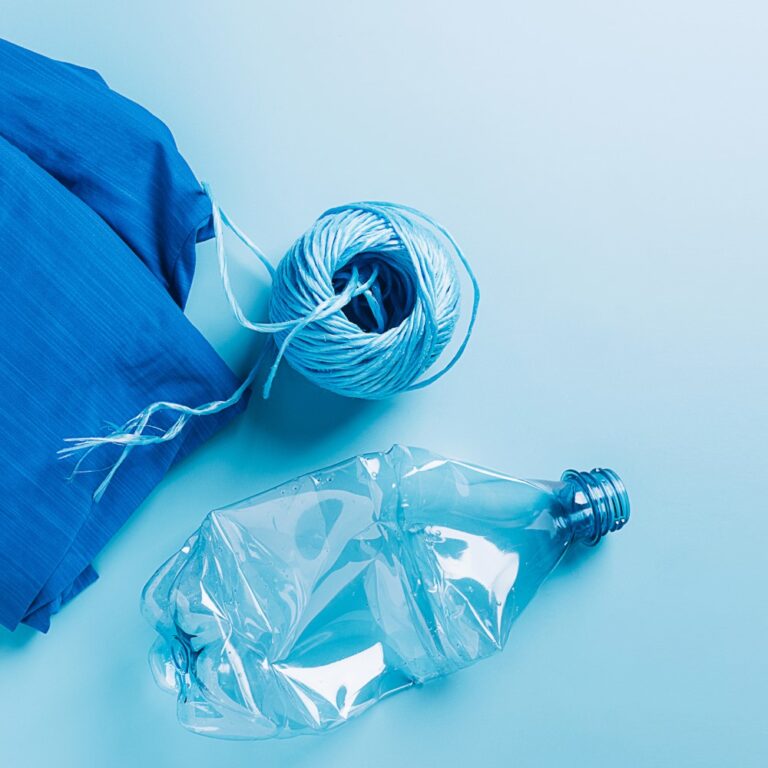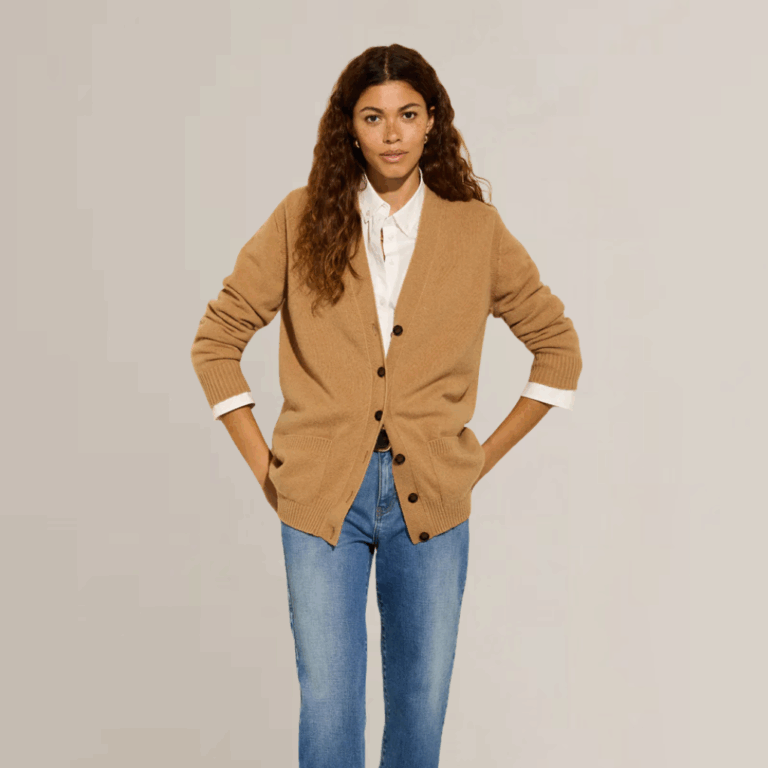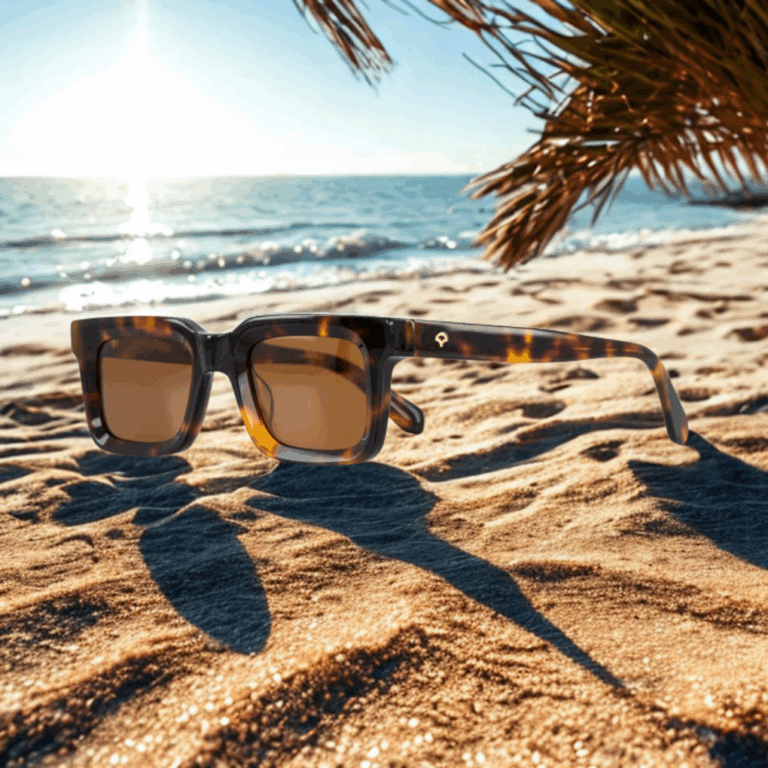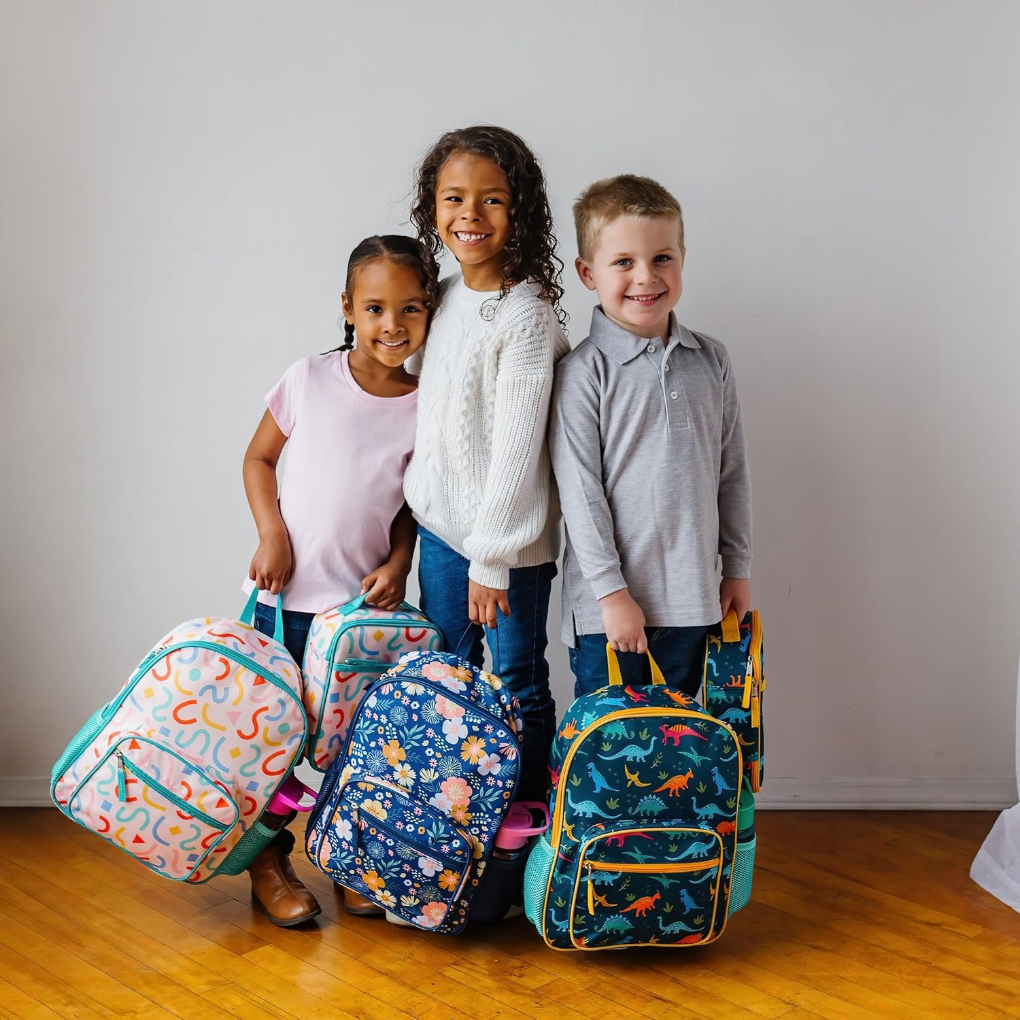
I used to think a backpack was just a backpack. How complicated could it be? Then my son hit middle school, and suddenly, I was dealing with complaints about sore shoulders, lost homework crumpled at the bottom of his bag, and zippers that broke by October.
I’ve got some perspective on what matters when you’re shopping for a school backpack. Whether you’re a parent trying to avoid the mistakes I made or a student who’s tired of their current bag falling apart, here’s what I’ve learned about finding a backpack that works.
Here’s what opened my eyes: studies show that 49% of students report pain linked to backpack use, and kids are regularly carrying 15% or more of their body weight in their bags. 1The American Academy of Pediatrics recommends no more than 10% of body weight, so for a 60-pound child, that backpack should weigh less than six pounds total, including everything inside.2
Getting this choice right isn’t just about the organization; it’s about your kid’s comfort and health. When you realize your child might be carrying the equivalent of a bowling ball on their back every day, suddenly features like padded straps, proper weight distribution, and durable construction become way more important than just finding the coolest design.
Plus, as more families are thinking about their environmental impact, I’m seeing some brilliant backpack options made from recycled materials like rPET (recycled plastic bottles) instead of brand-new virgin plastic. It’s cool that you can get a durable, functional backpack while keeping plastic bottles out of landfills.
Related Article: What Is Recycled Polyester? A Closer Look at This Eco-Friendly Fabric
What Makes a Great School Backpack in 2025?
After years of trial and error (and way too many backpack purchases), I’ve realized that the best school backpacks aren’t necessarily the flashiest or most expensive ones. They’re the ones that make daily life easier.
An excellent school backpack should feel comfortable even when it’s loaded up, keep everything organized so you’re not digging around for a pen during class, and survive a full school year without falling apart.
An excellent school backpack should feel comfortable even when it’s loaded up, keep everything organized so you’re not digging around for a pen during class, and survive a full school year without falling apart. These days, I’m also seeing more families choose eco-friendly options made from recycled materials like rPET fabric (which is recycled plastic bottles turned into durable fabric) or organic cotton, which is fantastic because it shows kids that you can make responsible choices without sacrificing quality.
The key things that matter? Padded shoulder straps that don’t dig in, multiple compartments so everything has a place, materials that can handle some weather, and strong construction at stress points like zippers and strap attachments.
.
What to Look for in a School Backpack
Whether you’re shopping for your classes or helping someone else get ready for the school year, choosing the right backpack matters more than you might think. A well-designed bag can make busy mornings smoother, help stay organized between classes, and even support better posture. Here’s what to look for when picking a school backpack that works and lasts:
Clever Compartments = Less Chaos
Let’s talk organization. A backpack with just one big compartment is a black hole for school supplies. You want a dedicated, padded laptop sleeve if your kid uses a Chromebook or tablet (and honestly, who doesn’t these days?). Look for interior pockets that fit notebooks without cramming and front compartments that are accessible for the stuff you need quickly, like student IDs, snacks, or earbuds.
The little details matter, too: built-in pencil holders, key clips, and side pockets for water bottles. Trust me, these aren’t just nice-to-haves when you’re rushing between classes.
Built to Survive the School Year
School backpacks get tossed in lockers and stuffed way beyond capacity. The cute backpack that looks great in the store might not survive a semester of actual use.
What holds up? Heavy-duty materials like thick canvas, ballistic nylon, or high-quality polyester can take a beating. I’ve found that backpacks with reinforced stress points, especially where the straps attach to the bag, are worth every penny. Look for double-stitched seams, water-resistant coatings that won’t peel off after a few months, and zippers that feel substantial
Comfort That Keeps Up
This is where I made my biggest mistakes early on. A backpack that hurts to wear gets abandoned fast, no matter how great it looks. You want padded shoulder straps that distribute weight evenly and a back panel that breathes (sweaty backs are gross), and if your kid carries heavy loads, even a chest strap can help.
The goal is a bag that sits close to the back without digging in or throwing off balance when you’re speed-walking to avoid being late for class.
How Do You Choose the Right Size Backpack for School?
This is the question I get wrong most often. It’s tempting to go bigger, thinking “more space is better,” but an oversized backpack just encourages overpacking and can throw off posture.
Here’s what works:
- Elementary kids: 10-15 liter capacity (they don’t need much!)
- Middle schoolers: 15-25 liters (this is when things get more complicated)
- High schoolers: 25-35 liters (laptops and multiple textbooks need space)
The golden rule I wish I’d followed: when fully loaded, the backpack should never be more than 10-15% of your kid’s body weight. Size-wise, it should fit between the shoulders and lower back without extending beyond its natural frame.
Types of Backpacks for School
Not all backpacks are created equal, and what works for one kid might be a disaster for another. Here’s the real scoop on different styles:
The Classic Two-Strap Backpack
This is your standard, reliable option – and honestly, it works for most kids. It distributes weight evenly, keeps hands free, and comes in every size and style imaginable. From elementary through college, this is the tried-and-true choice that rarely goes wrong.
Laptop Backpacks for Tech-Heavy Days
If your kid’s school day revolves around a laptop or tablet (which is everywhere now), invest in a backpack designed for tech. Look for dedicated padded sleeves and secure compartments, and some even have cable management for charging on the go. The good news? More brands are making tech-friendly backpacks from rPET and other recycled materials, so you don’t have to choose between functionality and environmental responsibility.
Rolling Backpacks for Heavy Loads
I used to think these were overkill until my son started walking to school with what felt like half his locker on his back. We ended up getting him a rolling backpack, and it made a huge difference. You can roll when the path is smooth and switch to shoulder straps for stairs or rough terrain.
Looking back, if your kid has to carry a lot or if comfort is a concern, this hybrid approach is worth considering. It saved us a lot of complaints about sore shoulders during those walking-to-school years.
Subject-Specific Backpacks
Some backpacks are designed with specific activities in mind – art supply organization, ventilated sections for gym gear, or extra-durable materials for outdoor programs. These can be great for middle and high schoolers with varied schedules, but honestly, they’re probably not necessary for most elementary kids.
The bottom line? Start with what your kid needs daily, not what looks coolest or has the most features. You can always upgrade later if their needs change.
Top Sustainable Backpacks for School
Elementary School Backpacks
1. FLUF Jr.
$56-70
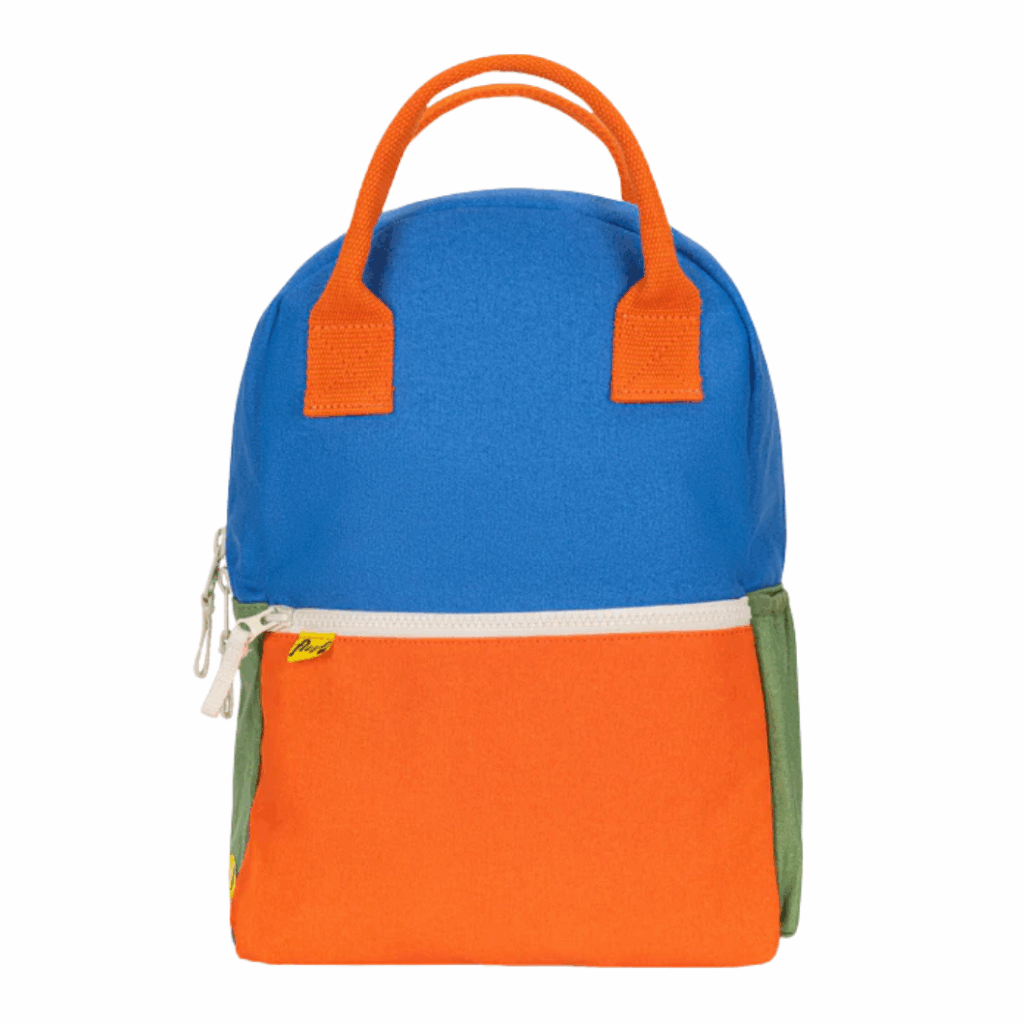
I love what FLUF is doing with their school backpacks. They’re functional, durable, and completely plastic-free, which is precisely what I look for these days. Each backpack is crafted from 100% organic cotton canvas with a water-resistant, food-safe lining. There are no hidden synthetics, no mystery coatings, and yes, these backpacks are machine washable (a massive win for lunchbox leaks and everyday messes).
What caught my eye is their colorful block designs – they’re fun without being babyish, which is perfect for kids who want something that looks cool but isn’t covered in cartoon characters. The fact that they’re completely plastic-free is a significant bonus in my book.
FLUF has been Climate Neutral Certified since 2022 and hasn’t added a single new piece of plastic to its supply chain since 2021. Their packaging is compostable and made from corn-based materials, and all fabric scraps are recycled into new products. As a 100% women-owned and operated company, they’re showing what it looks like when ethics and everyday function work together.
- Material: Water-resistant lining made from GRS-certified recycled PET bottles, tested to meet OEKO-TEX® STANDARD 100 for safety. Free from BPA, PVC, PFAS, phthalates, heavy metals, AZO dyes, fire retardants, and formaldehyde.
- Certifications: GRS (Global Recycled Standard), OEKO-TEX® STANDARD 100, Climate Neutral
STATE
$115-145
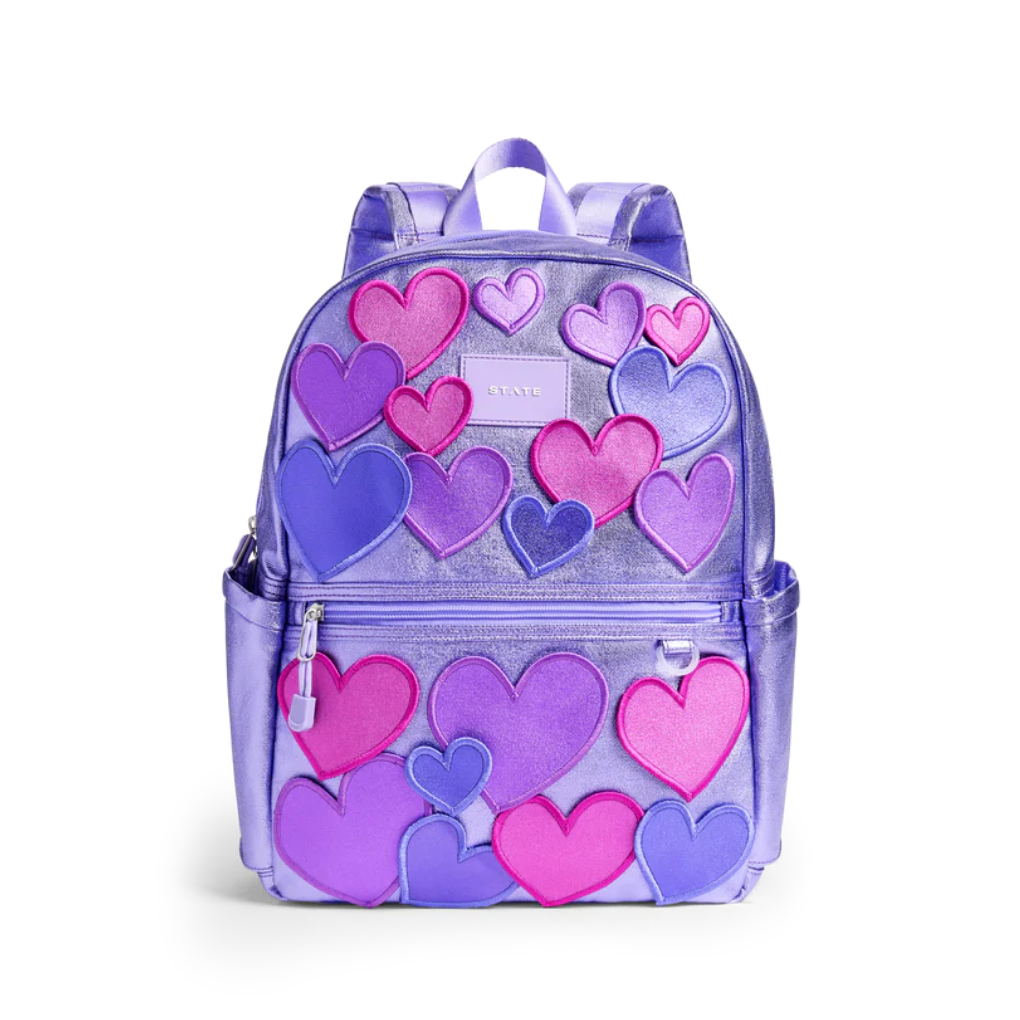
State Bags makes some of the most fun backpacks I’ve seen. Their designs are bold and playful – think bright colors, astonishing patterns, and designs that kids want to carry. If you want to splurge on a fun backpack, this is the one. Looking back, I probably would have bought one of these for my son when he was starting grade school as a special first-day gift.
What I love about State Bags is that they’re not just about making stylish backpacks – they give back in a meaningful way. They operate on a “Buy One, Give One” model, so every purchase helps provide a fully stocked backpack to a child in need. They’ve donated over 500,000 backpacks so far, and they show up in person at school rallies and community events to make the impact real, not just a marketing promise.
On the sustainability front, many of their popular styles, like the Kane Backpack, are made from recycled materials sourced from post-consumer plastic bottles. They’re also working toward becoming carbon neutral by 2025, which shows they’re thinking about their environmental impact, too.
These backpacks cost more than your basic school bag, but you’re getting quality design, durability, and the good feeling that comes with supporting a company that’s making a difference.
- Material: Made from recycled polyester (rPET) sourced from post-consumer plastic bottles, this fabric is lightweight, water-resistant, and easy to clean, perfect for everyday use. Some styles use up to 90% recycled content. It’s BPA-free, non-toxic, and designed to keep plastic out of landfills while still holding up to real life.
- Certifications: B Corporation
SoYoung
$37-88
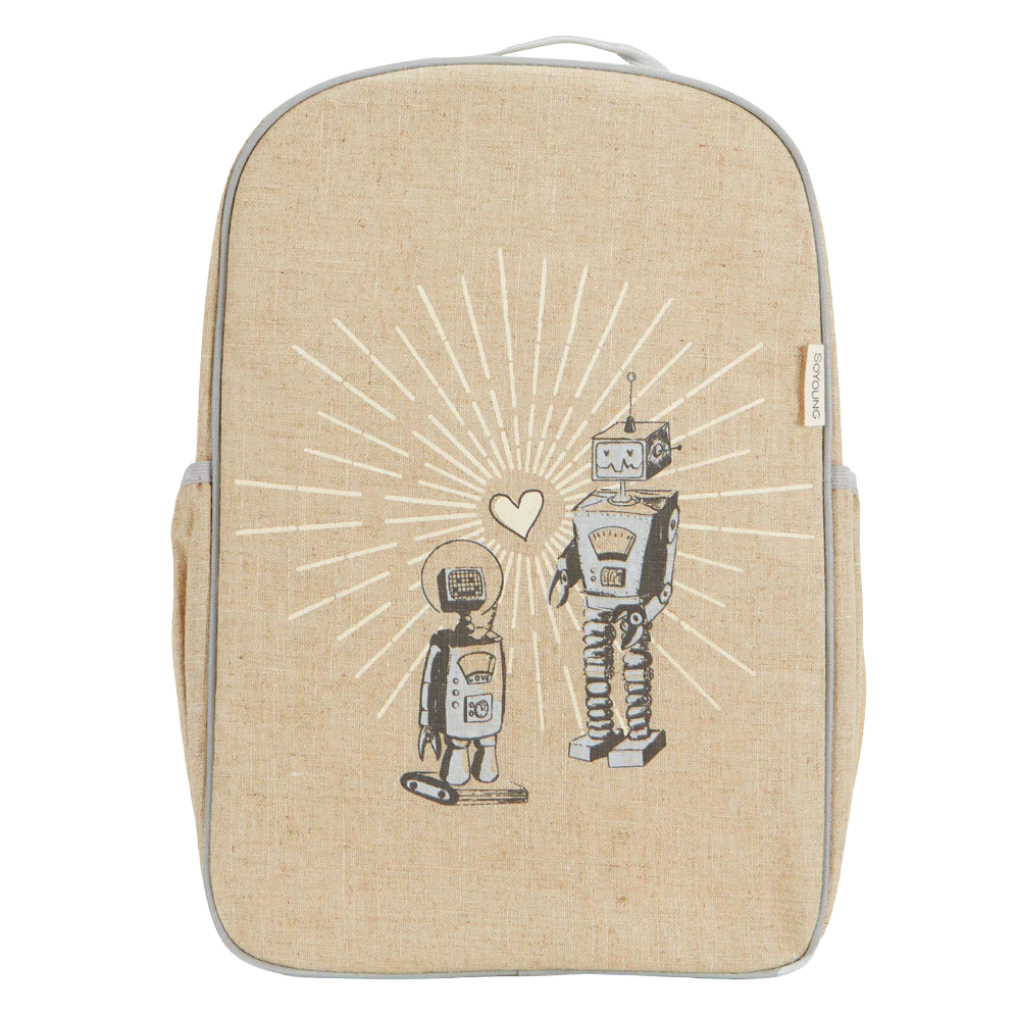
I love the simple designs and colors that SoYoung creates. Their backpacks have this clean, minimalist aesthetic with soft colors and timeless appeal that honestly works for kids and adults alike. There’s something so refreshing about their approach – no loud patterns or cartoon characters, just beautiful, well-made bags.
SoYoung is a Canadian, woman-owned brand that focuses on natural materials like raw linen and cotton blends. What I appreciate is their commitment to durability and low-impact living. These bags are made to last multiple school years, which saves you money and cuts down on waste – something I wish I’d discovered earlier in my backpack-buying days.
Each backpack is crafted with breathable linen that’s naturally antimicrobial (which is pretty amazing), and they’re thoughtfully designed with roomy interiors and perfectly sized pockets to keep everything organized. They’re also PVC-free, made without harsh chemicals, and machine washable.
If you’re drawn to that clean, Scandinavian-inspired look and want something that’s both sustainable and beautifully made, SoYoung is worth checking out.
- Material: Raw linen and cotton blends, offering breathability, durability, and natural antimicrobial properties. They’re also PVC-free and designed for machine washability.
- Certifications: Not at this time.
Wildkin ECO rPET Collection
$30-35
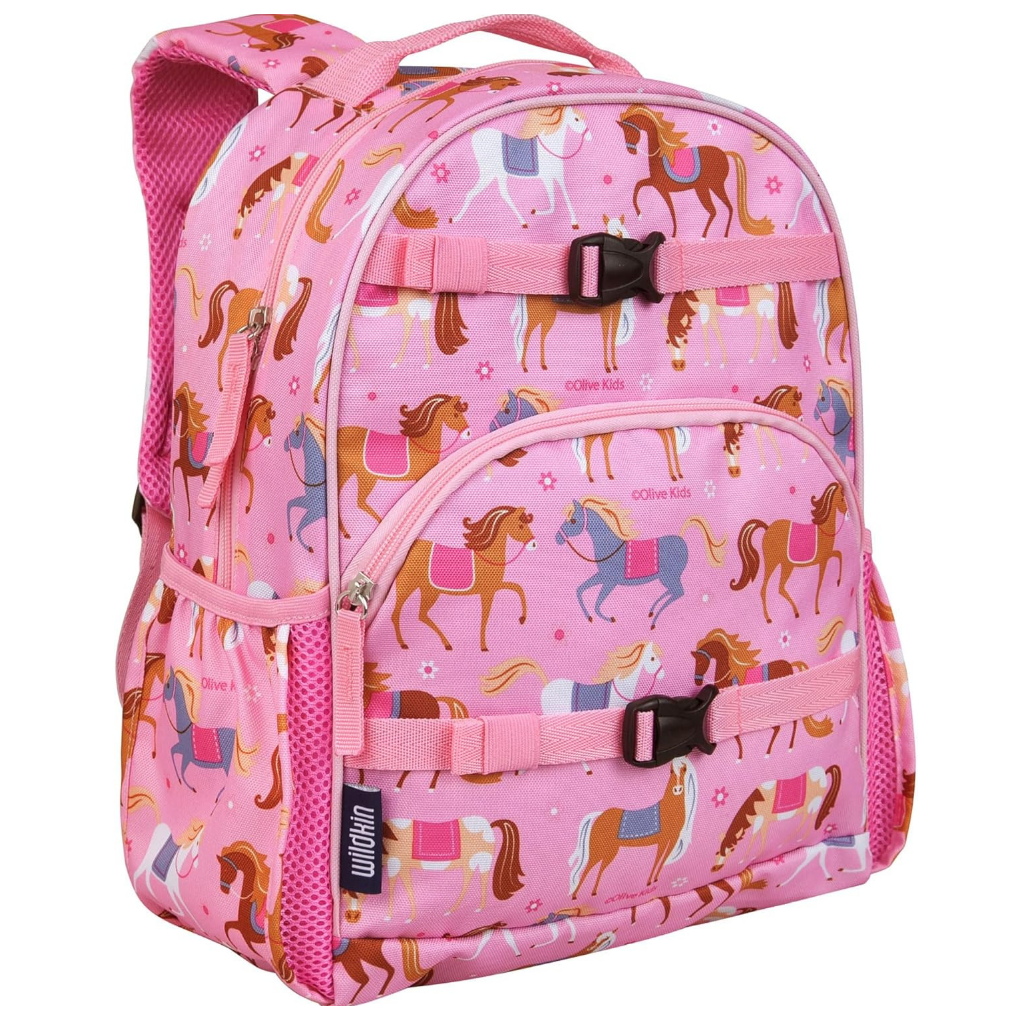
Wildkin reminds me so much of the backpacks I used to buy for my son back in his grade school days. This Nashville-based company has been making colorful, kid-approved gear since 2008, and they know how to create designs that kids get excited about.
Their backpacks hit that sweet spot of being fun and functional while being well-made, something every parent appreciates. Wildkin has earned its place in so many homes because parents know they’re getting something that’s both practical and playful.
Recently, they’ve stepped up their sustainability game with their ECO rPET Original Backpack collection. Each bag is made from 100% recycled plastic bottles, which gives old plastics a second life instead of ending up in landfills.
The backpacks still have all the features you want – antimicrobial linings, padded straps for comfort, and signature Wildkin prints like Unicorns, Rainbow Hearts, and Sharks that kids love.
It’s nice to see a brand prove that eco-friendly doesn’t have to mean boring. These backpacks are just as fun and colorful as ever, but now with the bonus of being better for the planet.
- Material: 100% recycled polyester (RPET), derived from post-consumer plastic bottles. This high-performance fabric offers impressive durability and water resistance while reducing landfill waste and supporting circular manufacturing. It’s lightweight, easy to clean, and free from BPA and phthalates.
- Certifications: Not at this time.
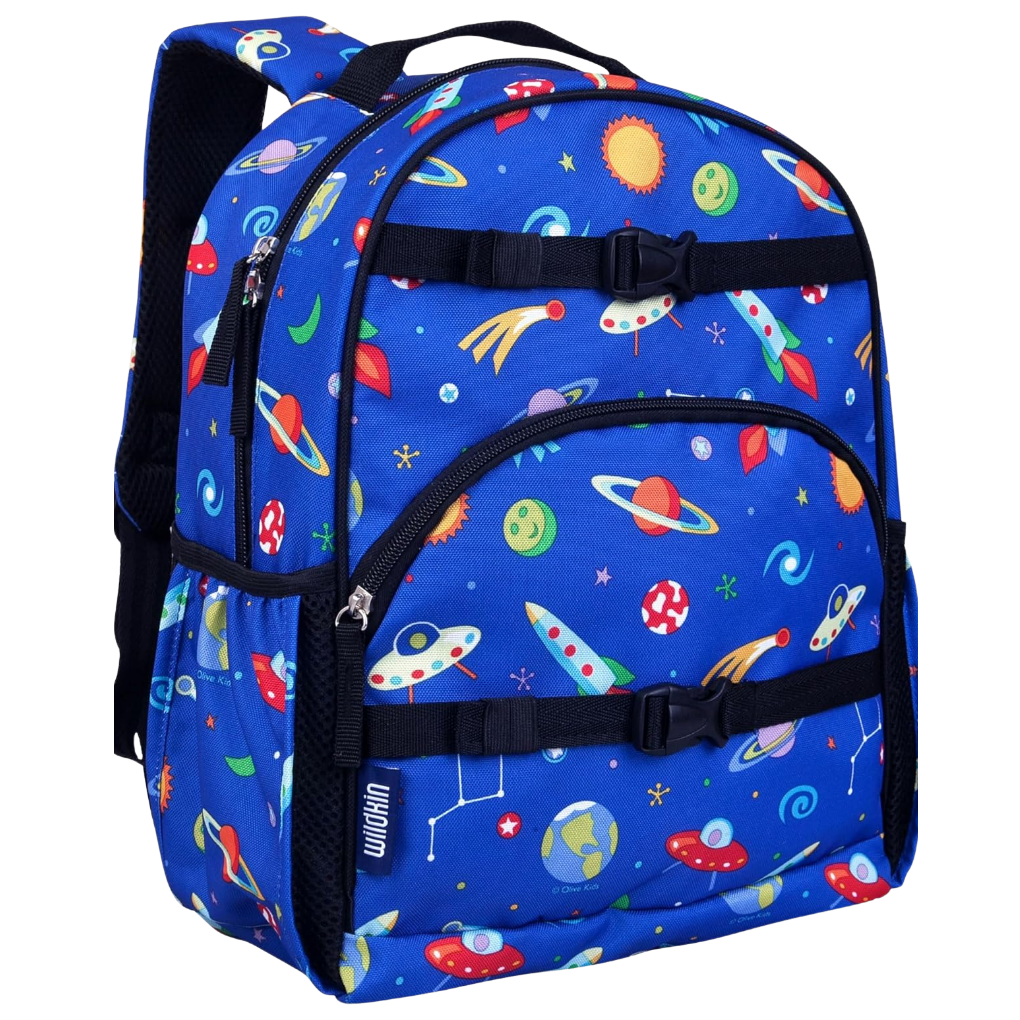
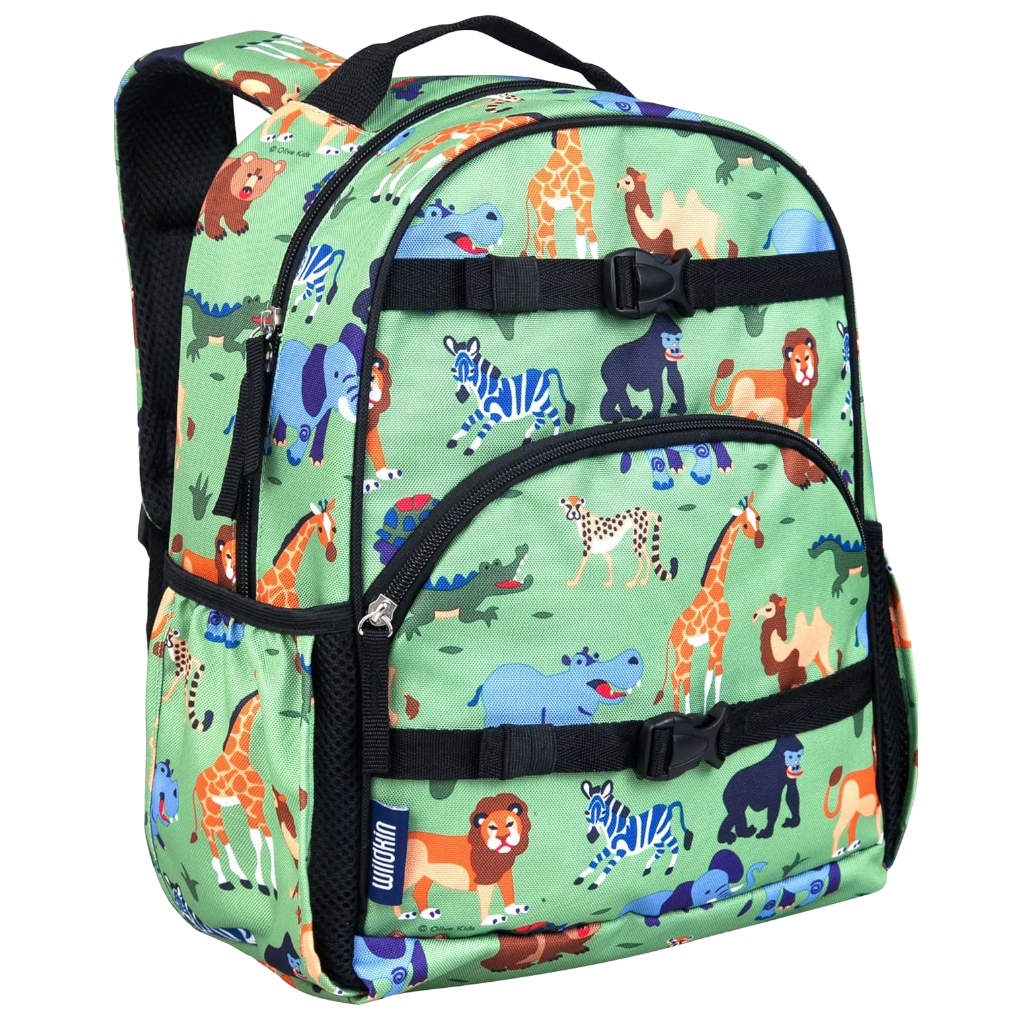
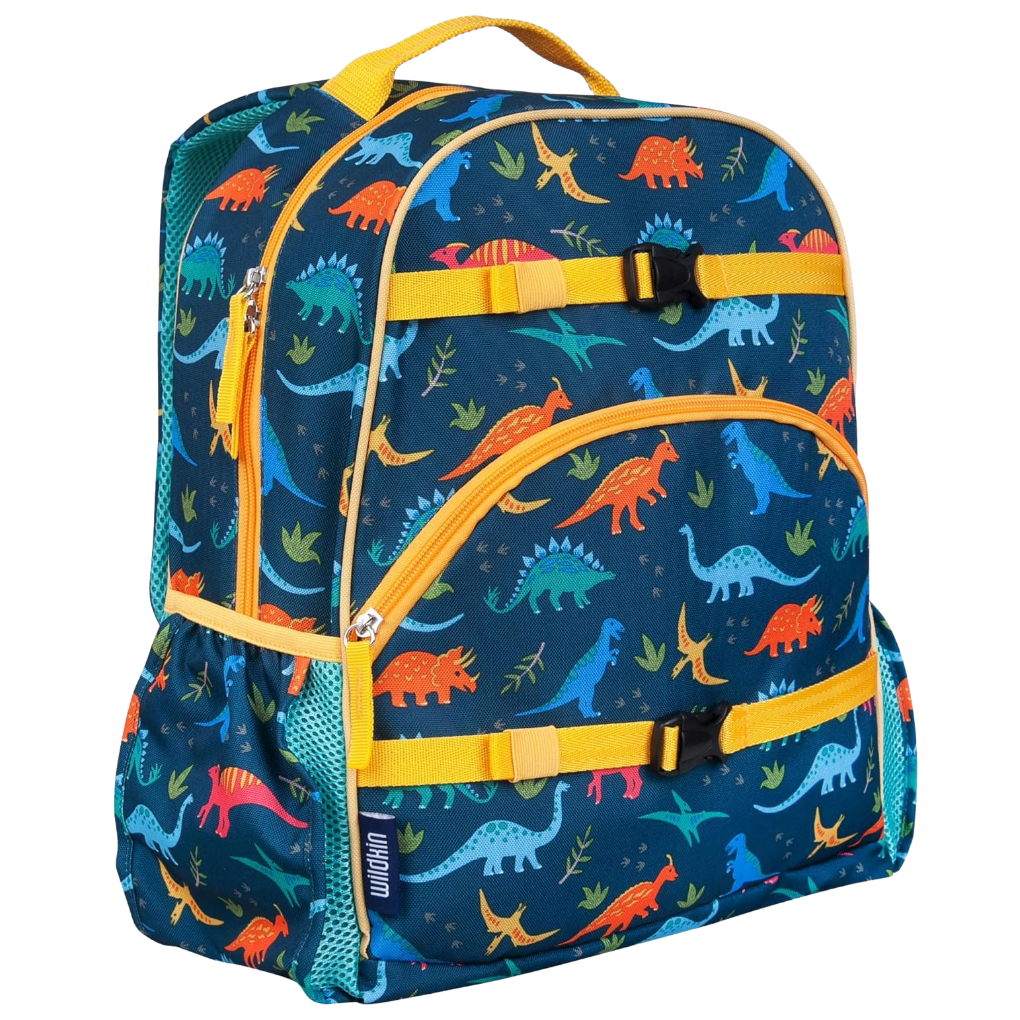
quick care tips
Make Your Backpack Last
A few simple habits can easily double the life of a good backpack:
- Empty it weekly – Shake out crumbs and remove mystery papers to avoid buildup that stresses seams and attracts bugs.
- Spot clean immediately – Use a damp cloth with gentle soap to keep spills from setting in. No harsh chemicals are needed.
- Let it air dry – After gym, rain, or spills, unzip and hang it somewhere with good airflow. Skip the dryer heat.
- Use both straps – Prevent uneven wear and shoulder strain while helping the padding and stitching last longer.
- Don’t overstuff – If it resists zipping, it’s overloaded. This stresses zippers, seams, and the internal lining.
These take seconds but save you from buying replacements every year.
Backpacks for Junior High and High School
Terra Thread
$77
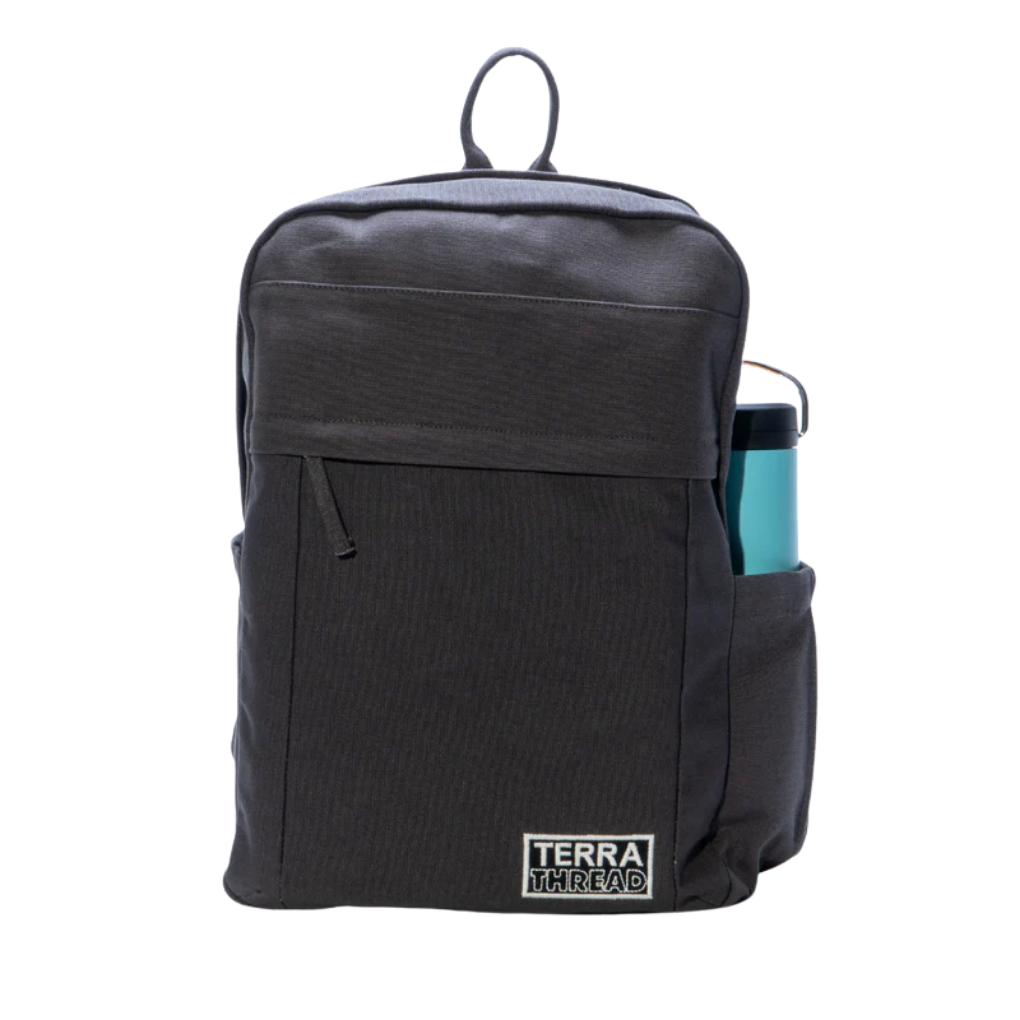
I think Terra Thread would be perfect for a junior high or high school student who wants something that looks more mature and stands behind absolute values. This company was founded in 2017 by a father-daughter team, Vik and Vizan Giri, who got fed up with the plastic-dominated bag industry and decided to create something genuinely better.
What I appreciate about Terra Thread is that they’re backed by Gallant International, a Certified B Corp, and their values around transparency and fair labor aren’t just marketing talk – it’s actually how they run their business. They use only Fairtrade Certified organic cotton that’s grown by smallholder farmers in India using rain-fed methods that support soil health and reduce water waste.
Every product is made in Fair Trade Certified factories and is entirely free from synthetic materials – even the packaging is natural and plastic-free. It’s thoughtfully made from seed to stitch, which I think older kids would connect with, especially if they’re starting to think about their impact on the world.
These backpacks have a more grown-up aesthetic that would work well for a teenager who wants something that reflects their developing sense of social responsibility.
- Material: Made with GOTS-certified organic cotton canvas and lined with organic cotton, every part of this bag, from the zippers to the fasteners, is lead-free and vegan-friendly. Terra Thread skips synthetic fabrics and petroleum-based materials entirely, so their bags are not only ethically made but also biodegradable.
- Certifications: Fair Trade Certified, GOTS, B Corporation, ROC, Carbon Neutral
Fjällräven (fyell-rah-ven)
$50-120
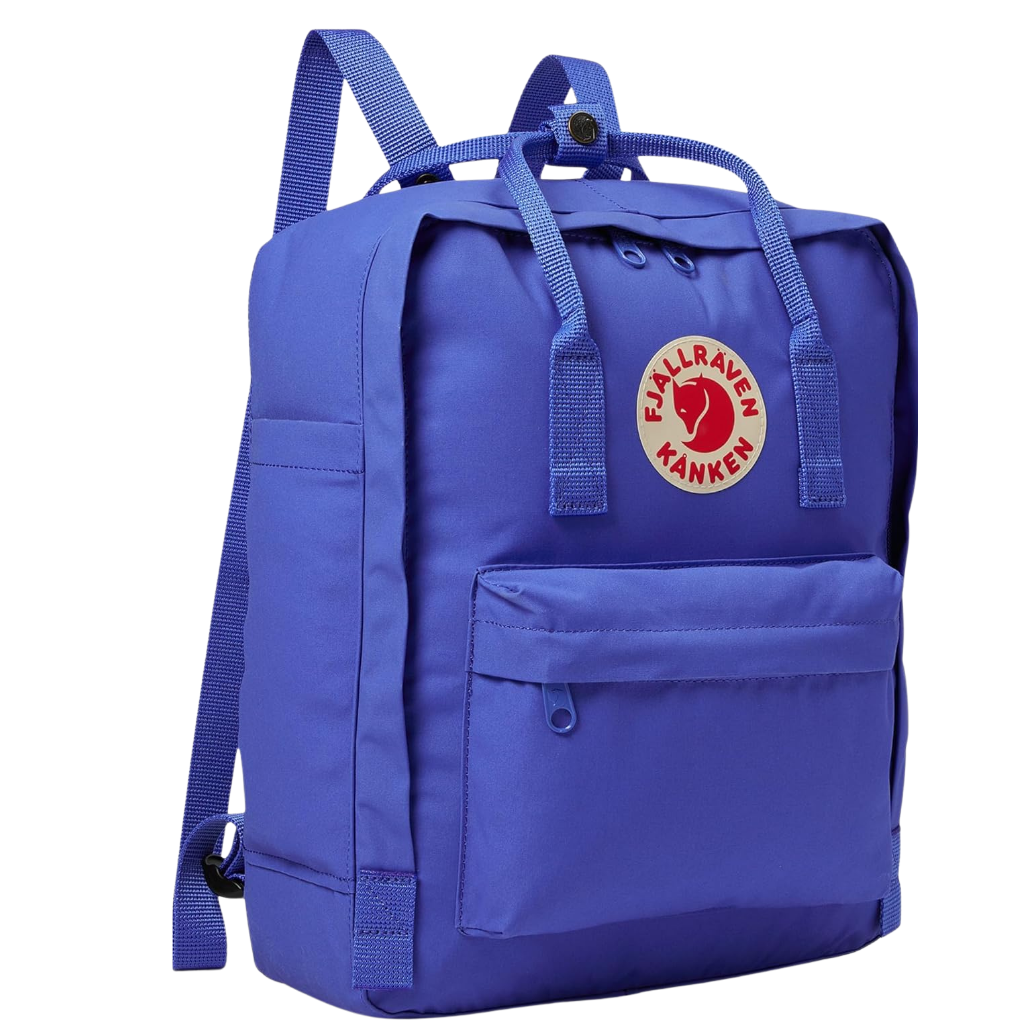
I absolutely love the look of Fjällräven backpacks – they have that perfect minimalist Scandinavian style that never goes out of fashion.
Fjällräven (which means “Arctic Fox” in Swedish) is a beloved outdoor brand from Sweden that’s been around since 1960. Founded by Åke Nordin in a small Swedish town, the company started with a simple mission: make nature more accessible through thoughtfully designed gear that works.
What sets them apart is their focus on functionality without unnecessary frills, durability that lasts for years, and genuine environmental responsibility. They support conservation through their Arctic Fox Initiative and have been working toward becoming completely PFC-free.
- Material: Vinylon F fabric (lightweight, durable, water-resistant), G-1000 Eco fabric (recycled polyester + organic cotton blend), and Recycled polyester options (made from plastic bottles).
- Certifications: None at this time.
Patagonia
$109
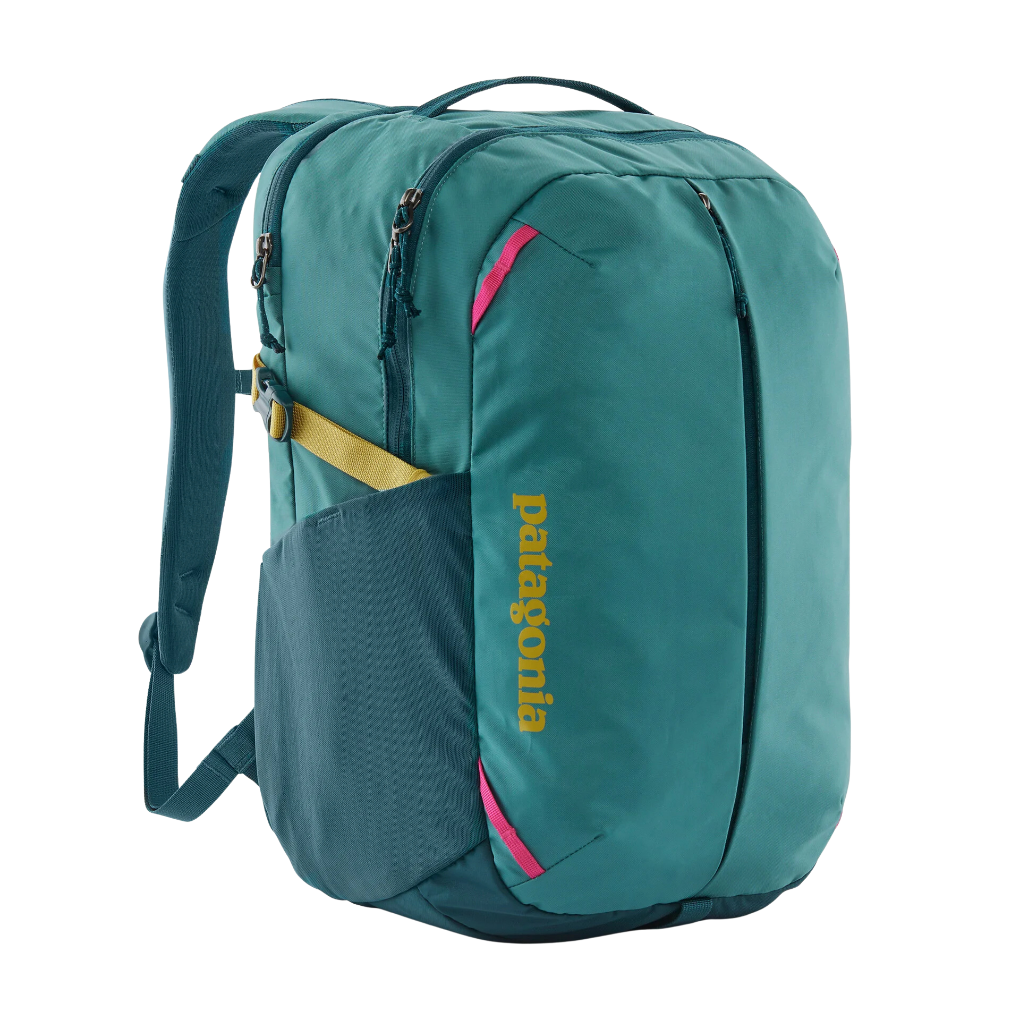
Founded in 1973 by climber Yvon Chouinard, Patagonia isn’t just an outdoor brand; it’s a climate activist in gear form. With the Earth as its only shareholder, this company turns profits into environmental action, proving business can be a powerful force for good.
In 2022, Chouinard and his family did something AMAZING. Instead of selling the company or going public, he transferred ownership to make Earth the only shareholder!! All the profits now go toward protecting nature and fighting climate change.
Chouinard also founded 1% for the Planet, where Patagonia donates 1% of sales to environmental nonprofits. The mission statement says it all: “We’re in business to save our home planet.”
Their backpacks are initially designed for hiking and outdoor adventures, but so many high school and college students have discovered they’re perfect for school, too! You get the durability for weekend hikes AND a backpack that can handle all your textbooks and laptops.
- Material: This backpack is made from 100% post-consumer recycled polyester, which means it’s made from old plastic bottles and waste that would have ended up in landfills! The fabric is super durable with a water-repellent finish (without harmful PFAS chemicals), and even the lining and back panel are made from recycled materials.
- Certifications: Fair Trade Certified™, Bluesign® Approved, B Corporation
Backpack Organization Hacks That Work
Organization was always a battle in our house until I figured out some systems that stick. Here’s what I learned works in real life, not just in theory.
Pack Heavy Items the Right Way
This one’s crucial for comfort and balance. Put the heaviest items (like textbooks or laptops) closest to your kid’s back – this keeps the weight centered instead of pulling them backward. Lighter items like notebooks and folders go in the front compartments.
I used to let my son throw everything in randomly and then wonder why he complained about his back hurting. Once we started being intentional about weight placement, the complaints stopped.
Keep Daily Essentials Accessible
Use the front pockets and side compartments for things your kid needs to grab quickly: student ID, bus pass, snacks, earbuds, and pens. There’s nothing more frustrating than having to dig through the entire bag to find a pencil during class.
Pro tip: attach a small carabiner or key ring to an interior loop for keys. My son lost so many house keys until we did this.
Prevent the “Black Hole” Effect
You know what I’m talking about – when homework disappears into the abyss of the backpack, never to be seen again. Use smaller pouches or zippered compartments to corral loose items. A pencil case keeps writing supplies together, and a small pouch for charging cables prevents them from tangling with everything else.
Consider getting a few mesh bags or fabric pouches in different colors – one for each subject or type of item. It sounds like overkill, but it makes finding things so much easier.
Quick Daily Organization Routine
Here’s the routine that saved our mornings: every evening, empty the backpack on the kitchen table. Throw away any trash, put completed homework in the correct folders, and repack for the next day with everything in its designated spot.
It takes five minutes but prevents those frantic morning searches for missing assignments. Plus, you’ll catch problems early – like a leaky water bottle or a forgotten permission slip that needs to be signed.
The key is making it routine, not just something you do when the bag gets entirely out of control.
Small Investments That Make a Big Difference
A few affordable organizers can transform even a basic backpack into an organizational powerhouse.
Recommended Products
A Few Things That Can Help
This Has Been About the Best Backpack for School in 2025
The best school backpack is one that works for your specific situation. It needs to fit comfortably, hold everything you carry, and survive more than one semester of real use.
The good news? You don’t have to choose between a backpack that works well and one that’s made responsibly. The brands I’ve shared here prove you can get both quality and sustainability without paying a premium or sacrificing style.
Whether you go with something fun and colorful for elementary school or a more mature design for high school, the key is thinking about how it’ll be used. Consider your daily routine, test it out if possible, and don’t get swayed by features you’ll never use.
A good backpack is an investment that should last multiple school years. When you find one made from sustainable materials by a company that treats workers fairly, you’re making a choice that benefits both your kid and the planet. That feels good, especially when it also happens to be the most practical option.
Featured image is from Amazon.
View Article Sources
- Rein, M. (2022, September 6). Are backpacks hurting your kids’ backs? Mayo Clinic Health System. https://www.mayoclinichealthsystem.org/hometown-health/speaking-of-health/are-backpacks-hurting-your-kids-backs ↩︎
- Moore, M. J., White, G. L., & Moore, D. L. (2007). Backpack weight: How heavy is safe? AAP Grand Rounds, 18(1), 10–11. https://doi.org/10.1542/gr.18-1-10
